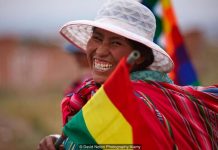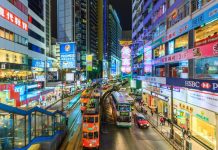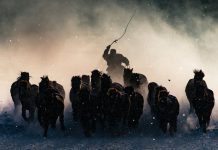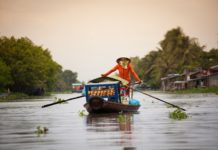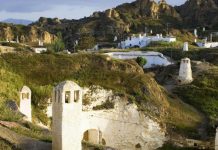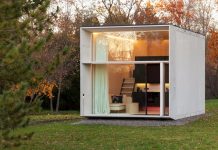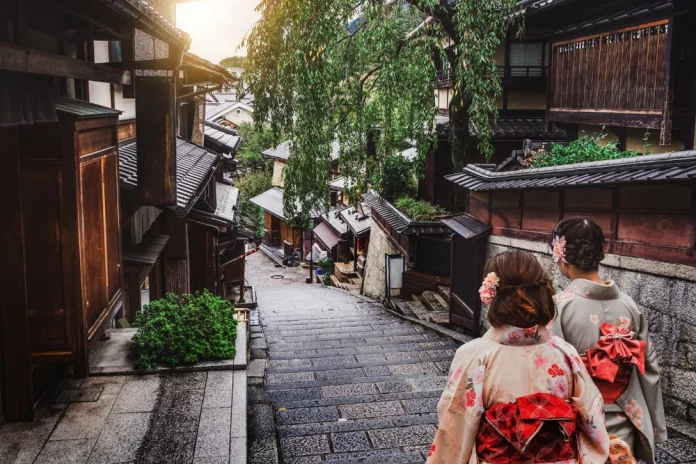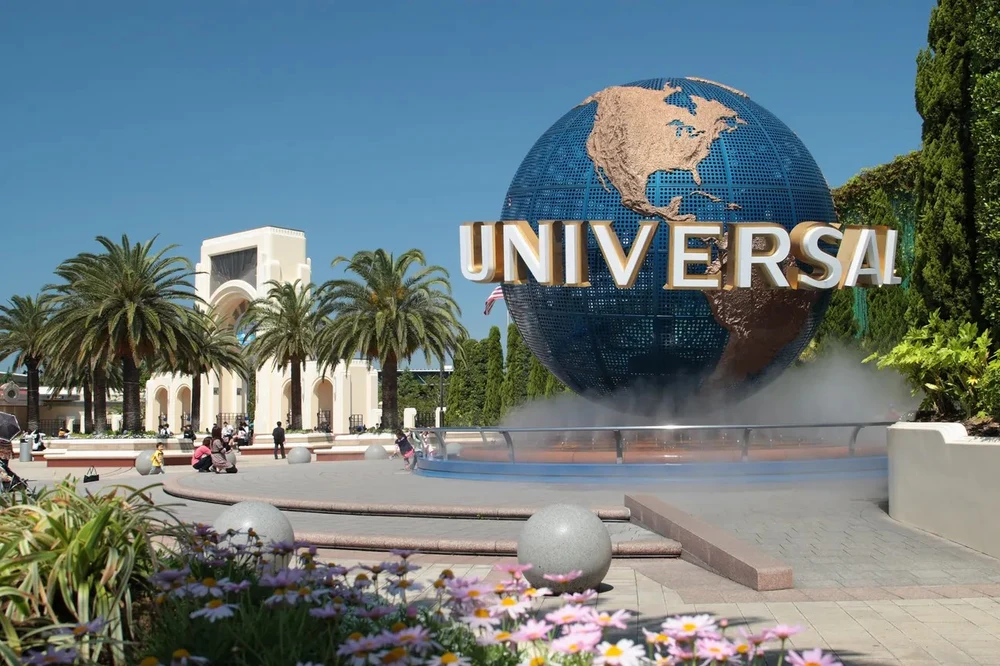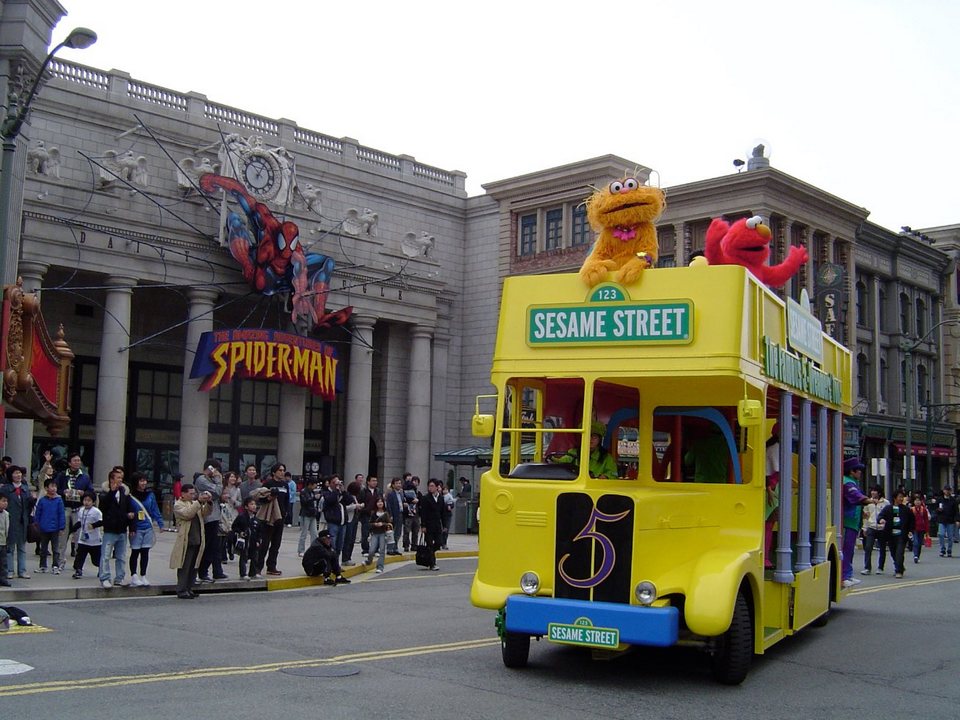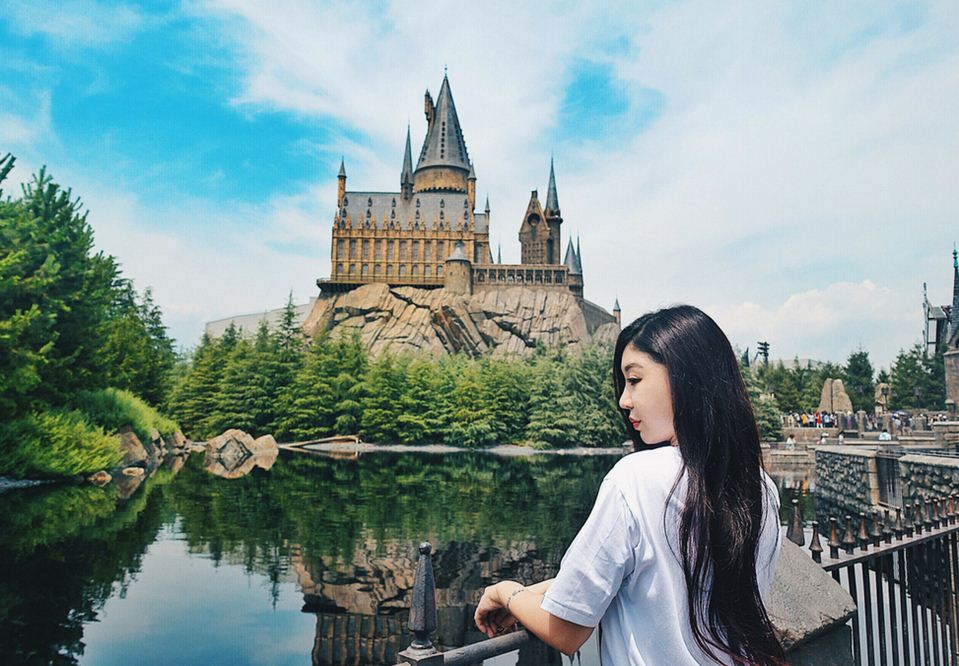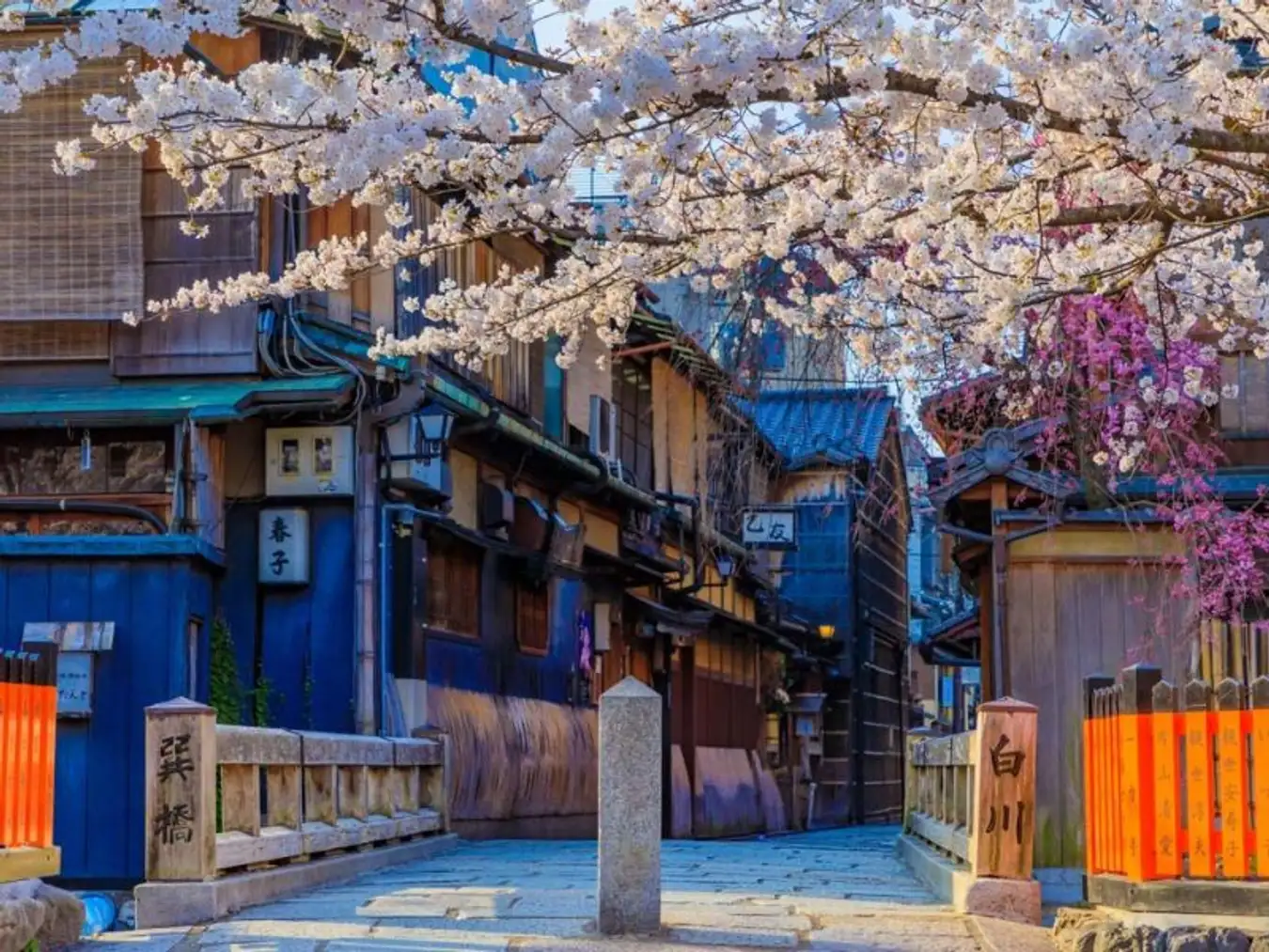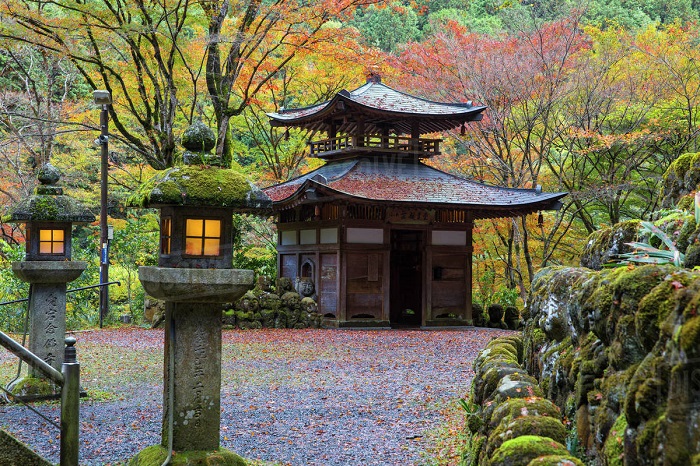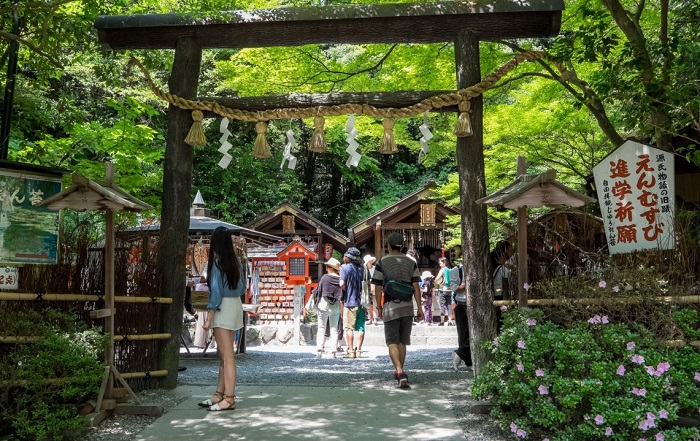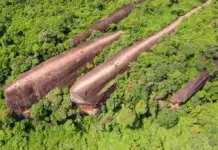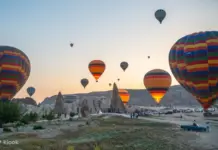If you are planning a 9-day independent Osaka, Kobe, Kyoto and Nara trip, this itinerary is a suggestion that balances the experiences, cuisine and culture you need. Now, let’s check out the Suggested Kansai itinerary with 9 days in Japan 9 days in this article!
- 19+ best sightseeing spots & most beautiful places to see in Japan: Mountains – Forests – Seas – Cities
- The ULTIMATE Gifu travel guide: Top attractions, best places to visit, stay & MORE
- The SUPER Hokkaido travel guide: Top attractions, best things to do, stay & MORE
- Where to visit in Chiba: 14 top attractions & best places to visit in Chiba
- The FULLEST Sensoji temple guide: How to get there, what to do, tips & MORE
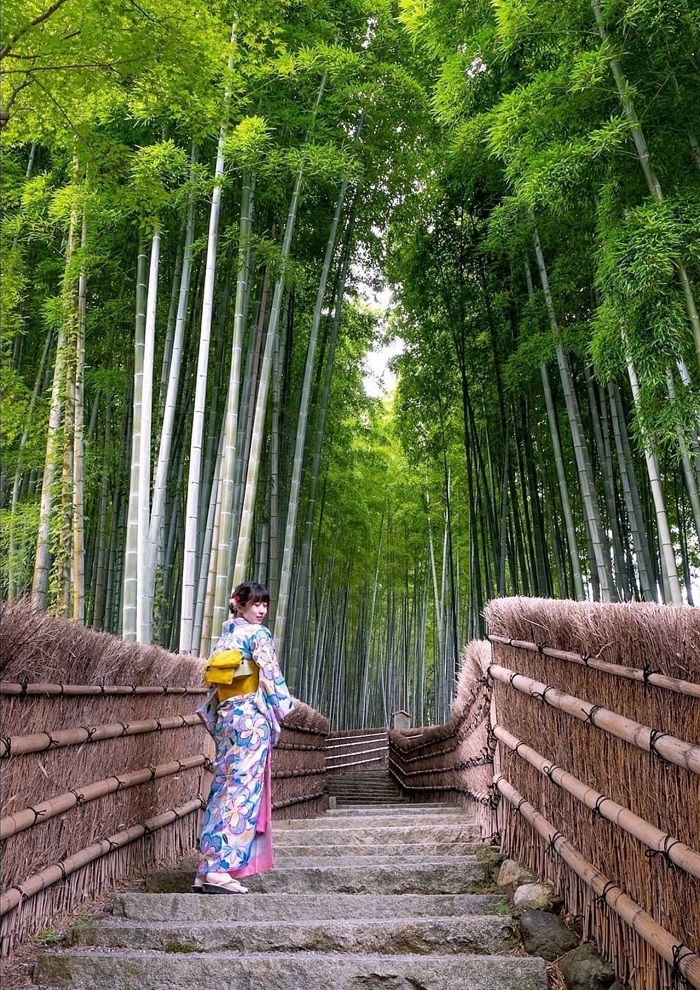
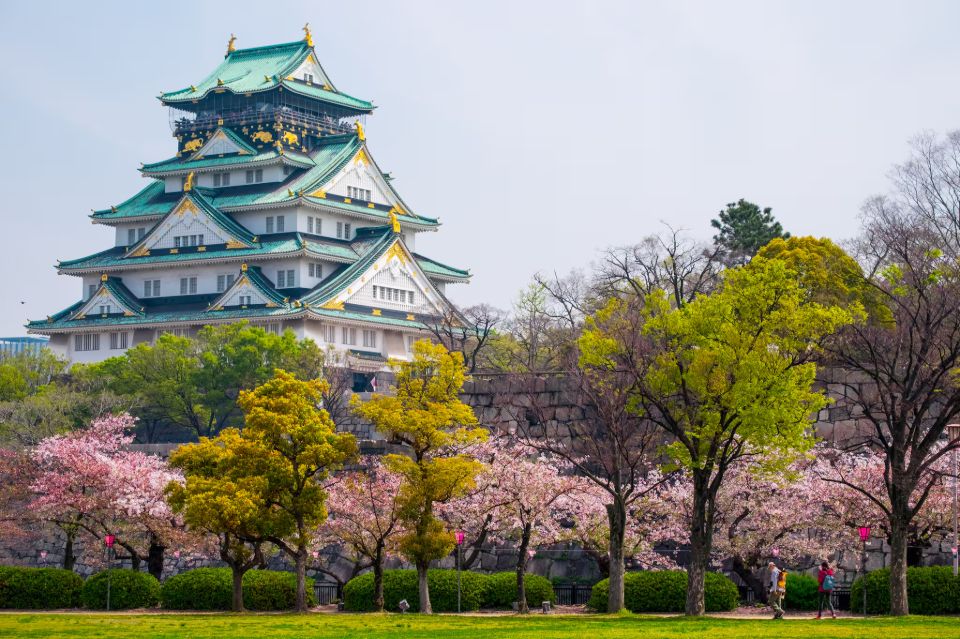
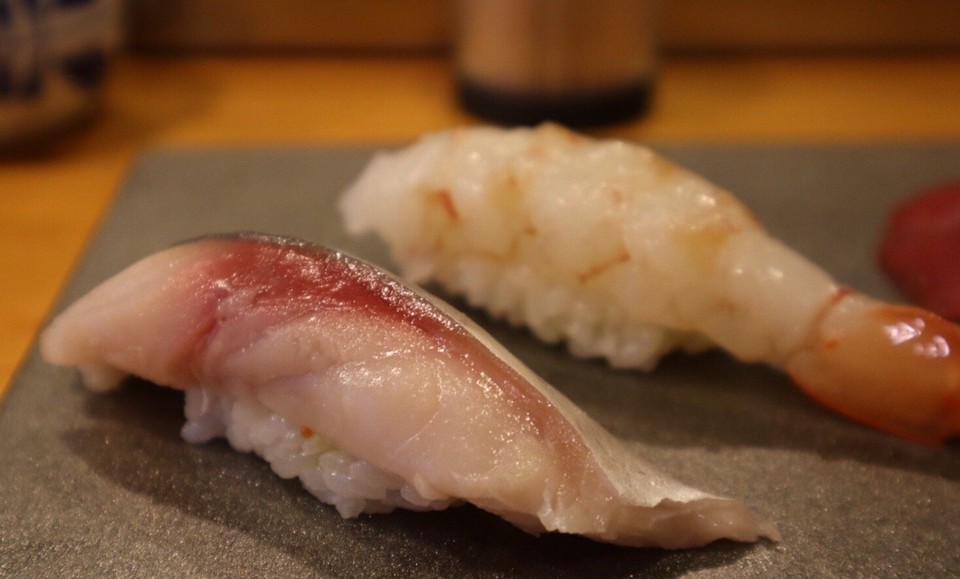
It is not Tokyo, but the Kansai region that makes many people return to Japan for the second time. The journey through Osaka, Kobe, Kyoto and Nara is like a trip back in time: from the bright lights of Dotonbori to the endless red gate of Fushimi Inari, from the old town of Gion to Nara Park with deers leisurely wandering in the heart of the city.
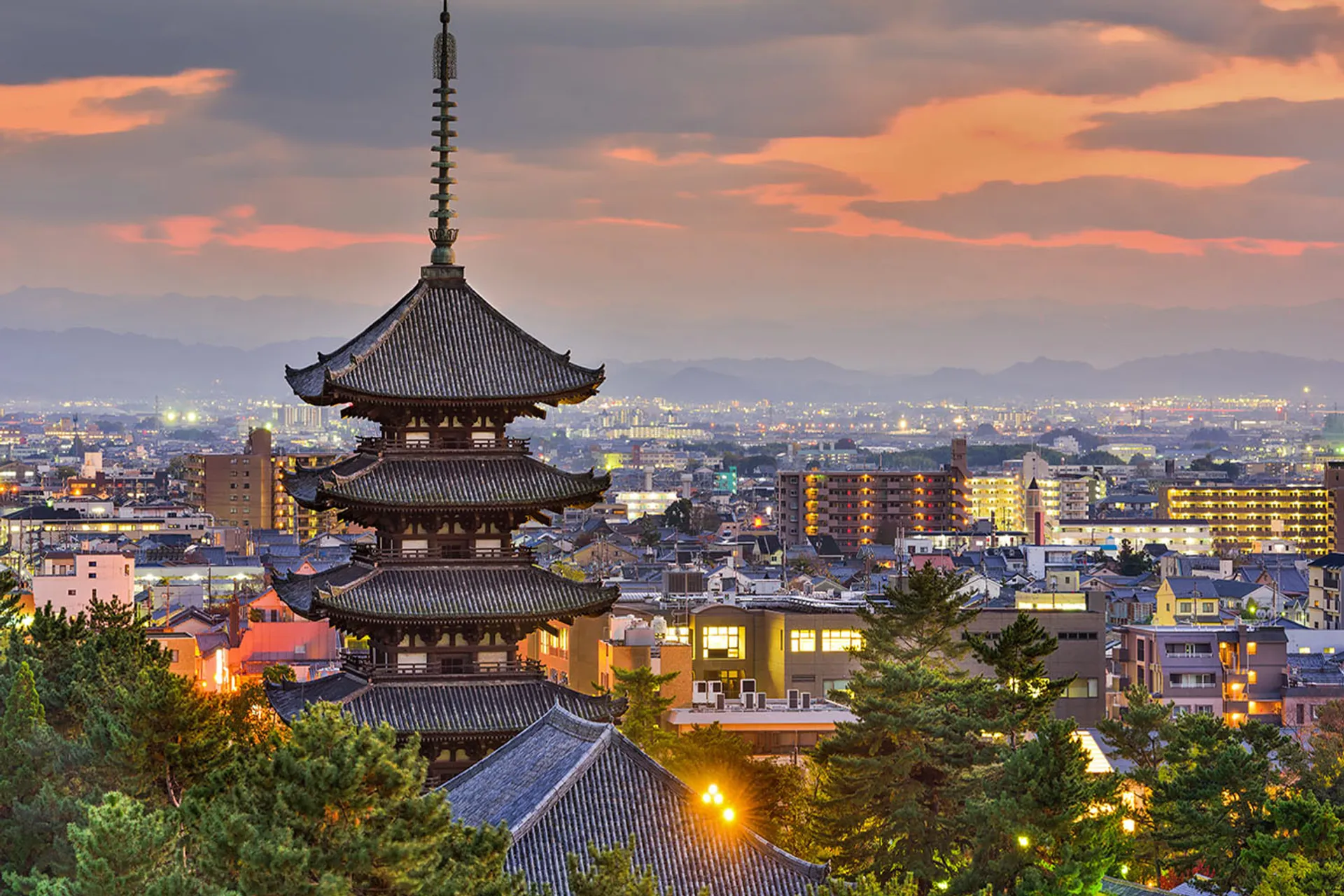

We will take you from quiet Kobe, the go through the ancient capital of Kyoto, stop at ancient Nara and end in bustling Osaka – with each stop having a reason to stay a little longer. Read this article to pocket this super cool Kansai itinerary!
Day 1–2: A Gentle Start to Kobe – Japan’s Elegant Port City (#Kansai itinerary)
After landing at Kansai Airport, you can spend the first two days exploring Kobe – a reasonable choice if you want to start your Osaka-Kobe-Kyoto-Nara travel journey in a gentler and quieter way. From the airport, traveling to Kobe is quite convenient by JR train or limousine bus, taking about an hour.
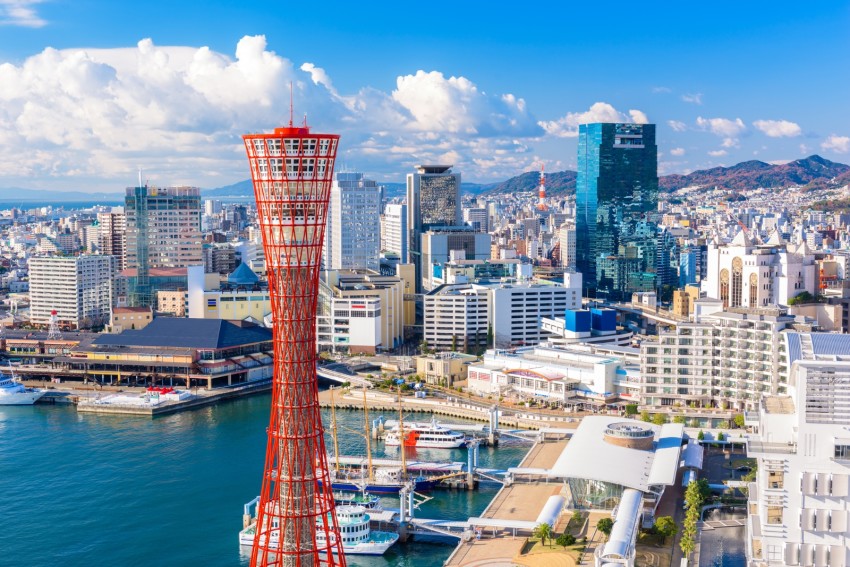
Kobe is famous for its slow pace of life, European architecture and slopes facing the sea. One of the destinations not to be missed is Himeji Castle, only about 40 minutes by train from the center of Kobe. This is a UNESCO-recognized world heritage site, standing out with its pristine white wooden architecture and smart defense system rarely seen in ancient Japanese castles.


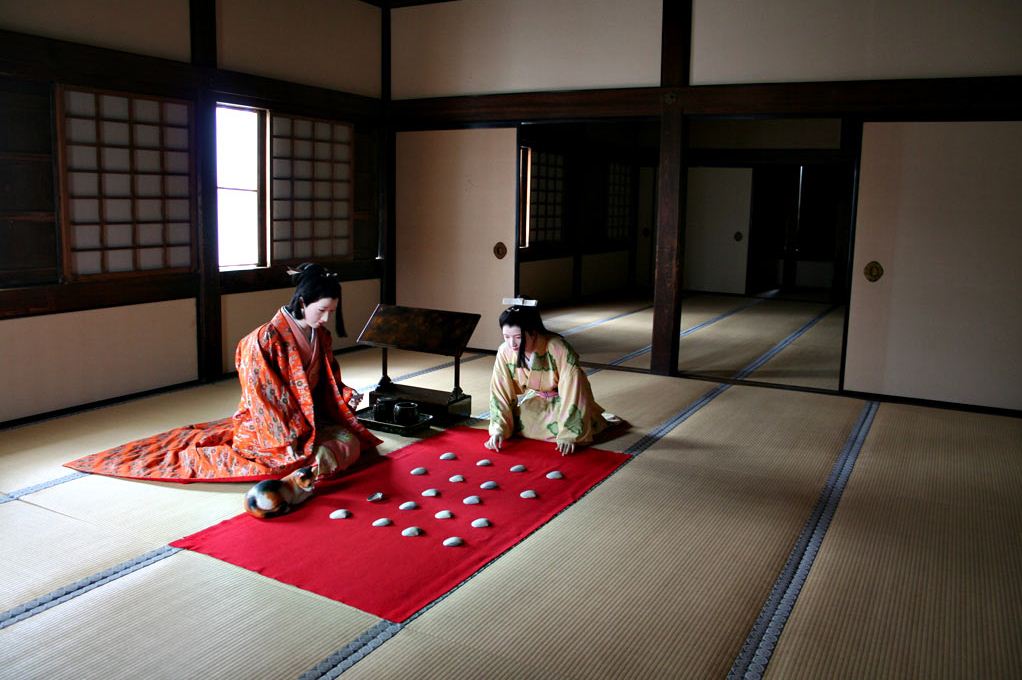

In the evening, let your taste buds lead the way to Steakland Kobe or Mouriya Honten – long-standing famous addresses specializing in serving A5-grade Kobe beef, processed right at the grill. The price for a meal ranges from 3,000–8,000 yen, depending on the type of meat and preparation, which is quite reasonable compared to the quality and experience.
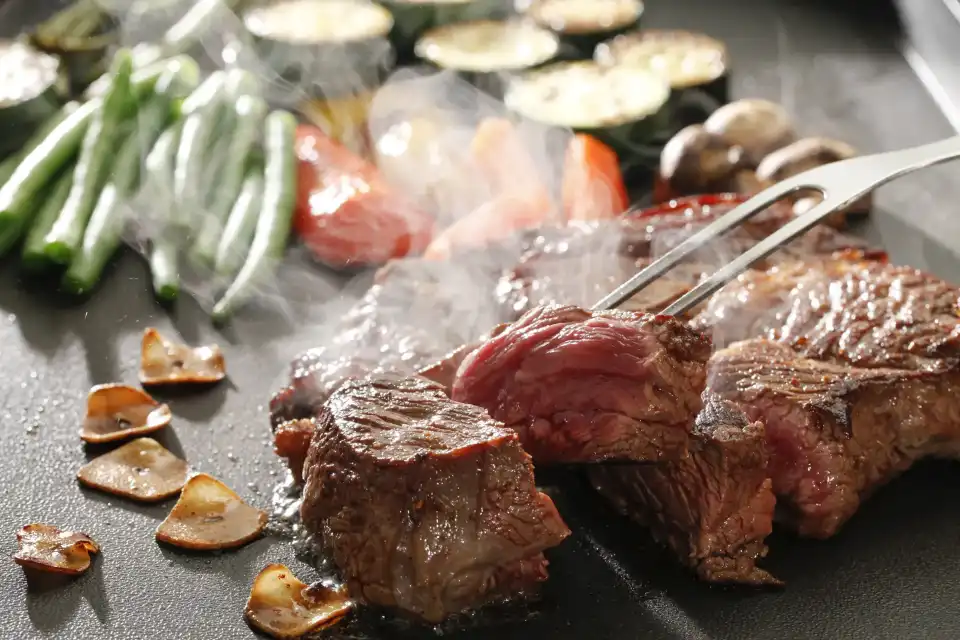
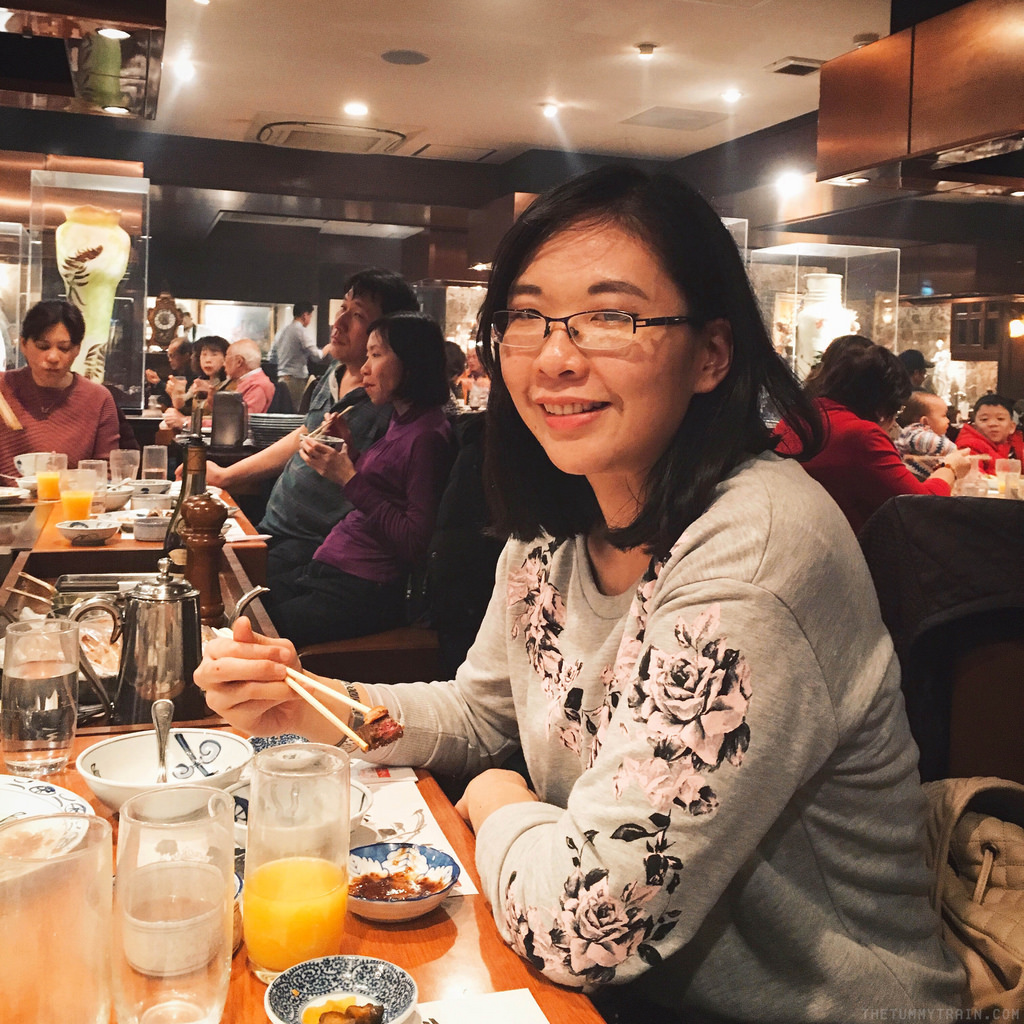

The next morning, we suggest you spend half a day visiting Mount Rokko – an ideal place to see the whole view of Kobe from above. The Rokko Cable Car will take you to the top in 10 minutes, where there is Rokko Garden Terrace – a complex of cafes, observatories and European-style gardens.
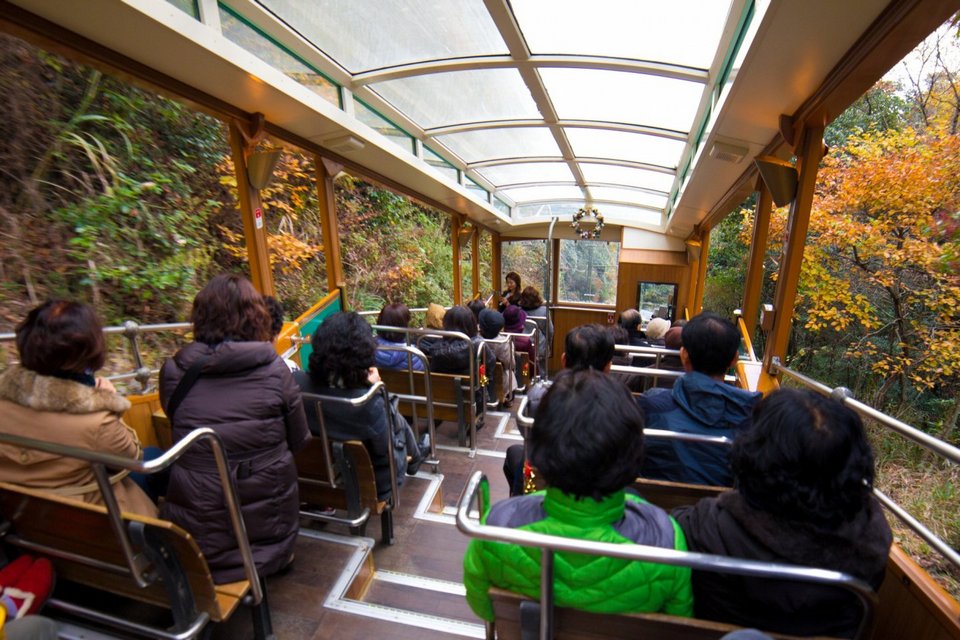
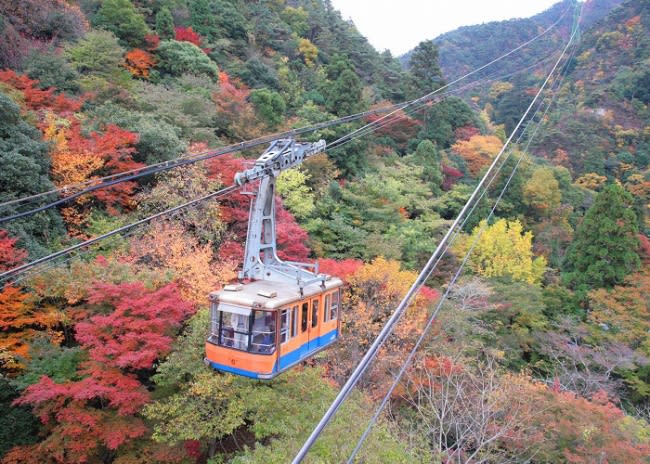
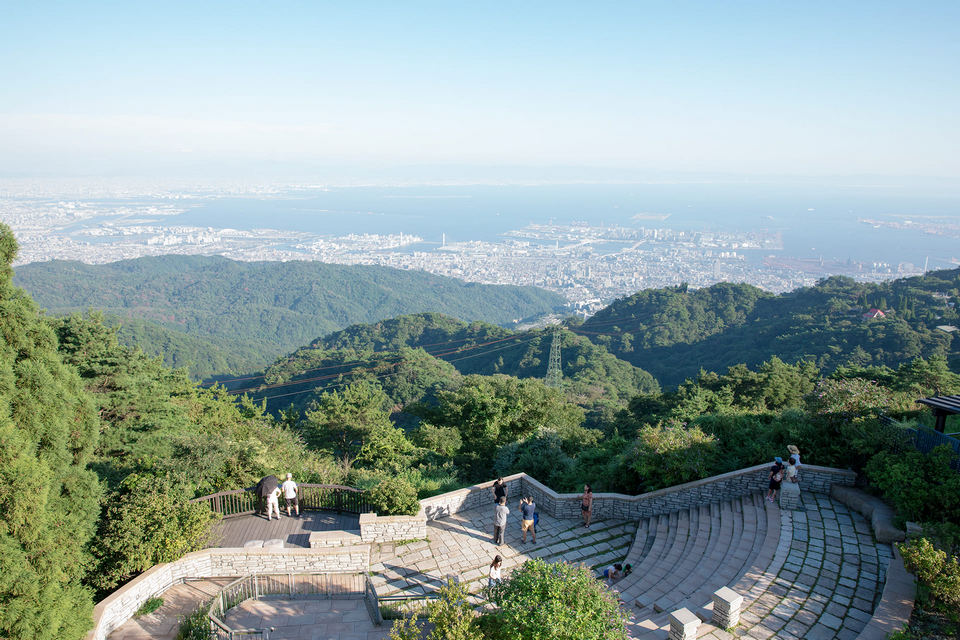
In the early afternoon, you can take the train back to Kyoto – a journey of about 1 hour by JR Special Rapid train. If you go in autumn or spring, this train ride is also a truly beautiful sightseeing experience, with mountains and rivers changing colors with the seasons.
Day 3–4: Kyoto – Ancient, Serene and Immensely Japanese
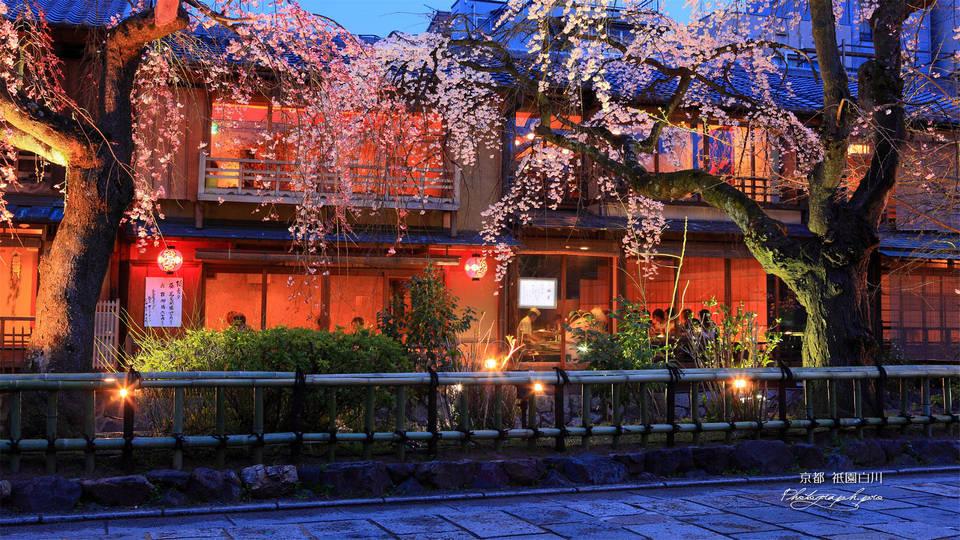
Leaving Kobe, the journey continues to take you back to Kyoto – which was the capital of Japan for more than 1,000 years. Despite many changes, Kyoto still retains the elegance of an ancient capital, with old streets, quiet wooden temples and a strangely gentle pace of life.
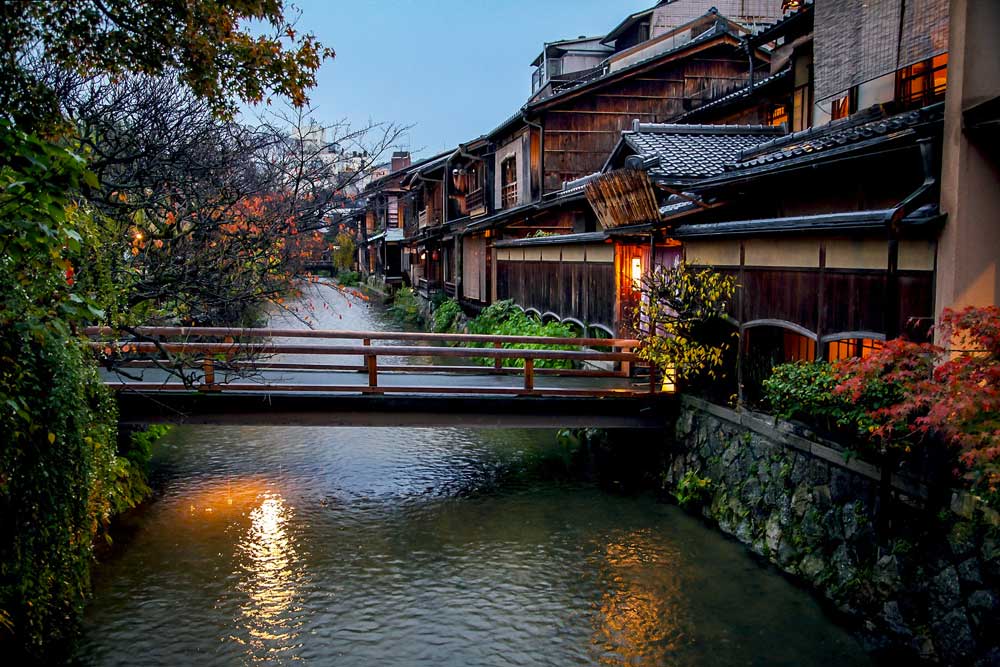
On the first day, start at Fushimi Inari Taisha – a shrine famous for thousands of red torii gates lining Mount Inari. If you want to avoid the crowds, you should go early in the morning. The journey to the top takes about 1.5-2 hours, but you can stop halfway and turn back.
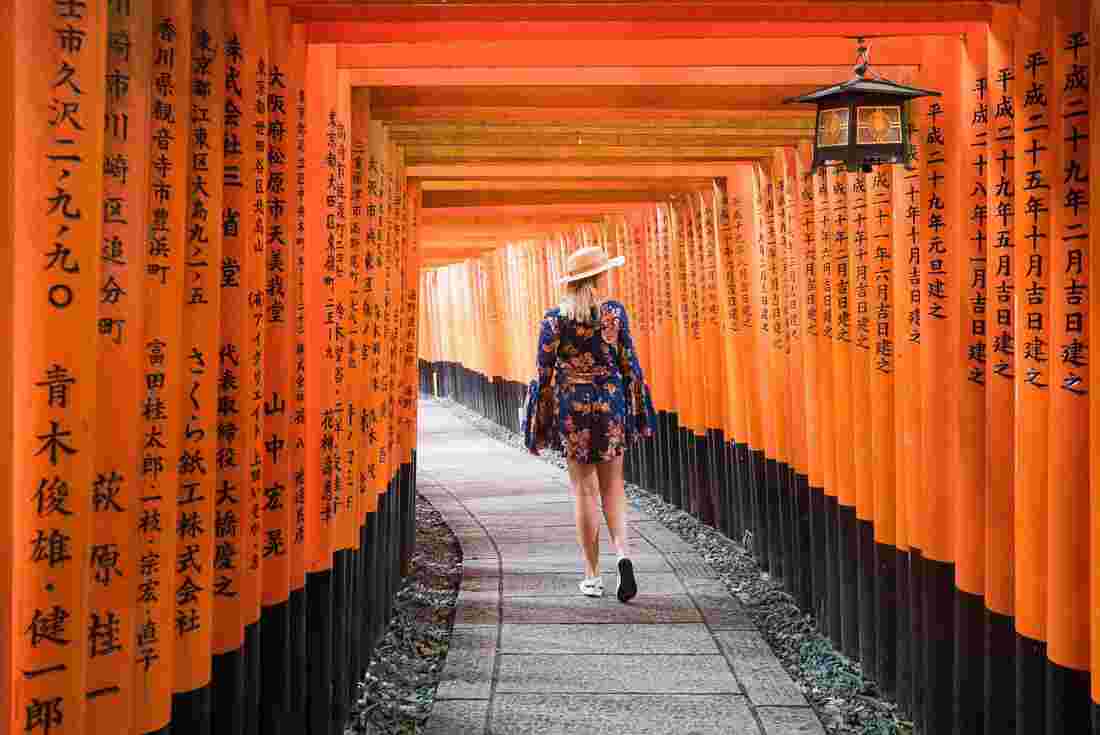

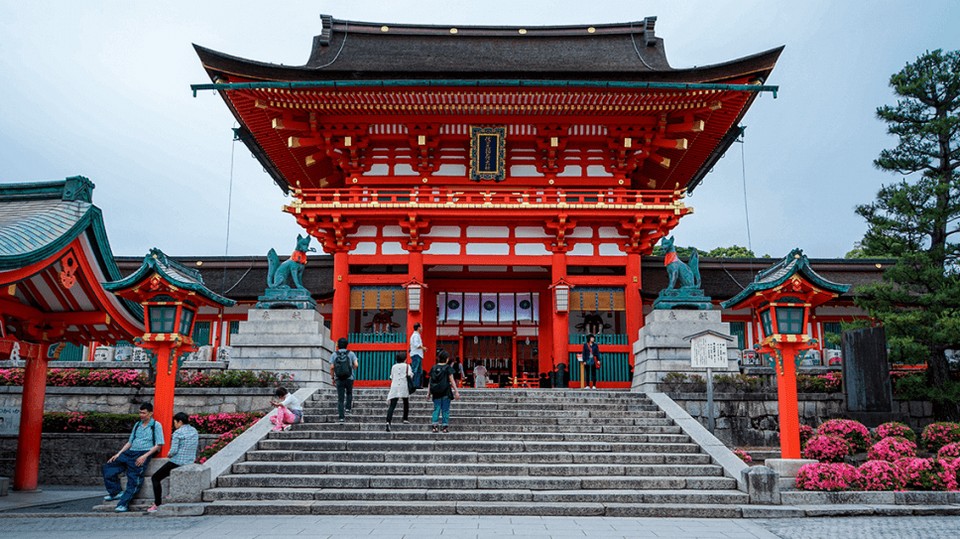
Then, experience renting a traditional kimono at some reputable shops around Gion or Kiyomizu-zaka. The staff will help you choose the dress, coordinate accessories, do your hair and makeup if needed – all of which takes about 30-45 minutes to complete. When you’re ready, take a stroll down the Kiyomizu-zaka slope to Kiyomizu-dera, one of Kyoto’s oldest Buddhist buildings with its famous wooden balcony supported by 139 large wooden pillars.
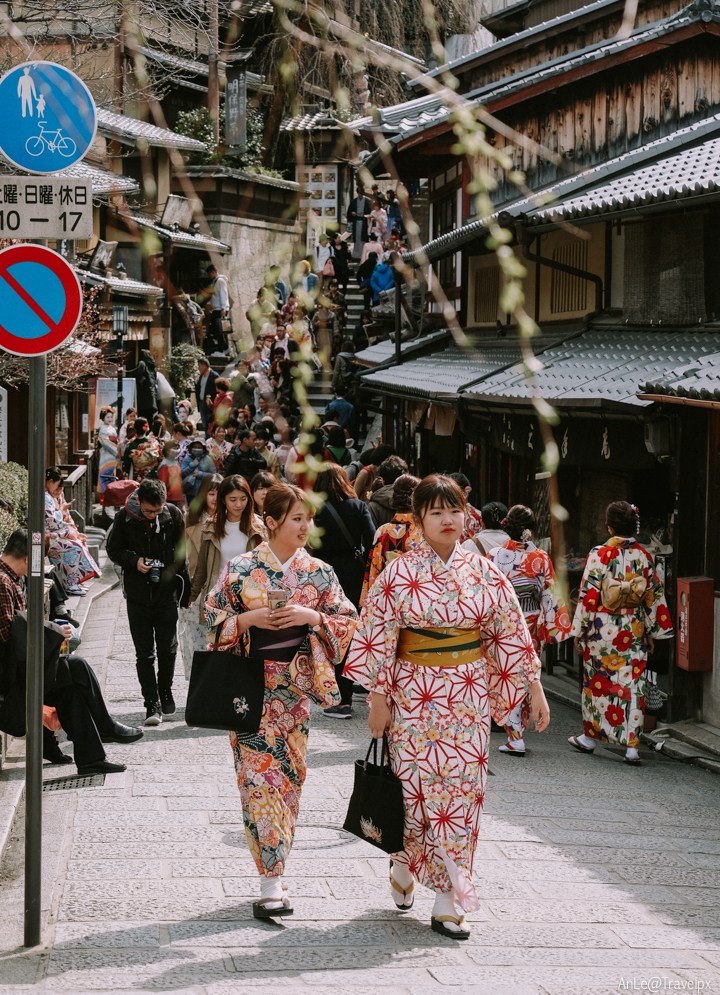

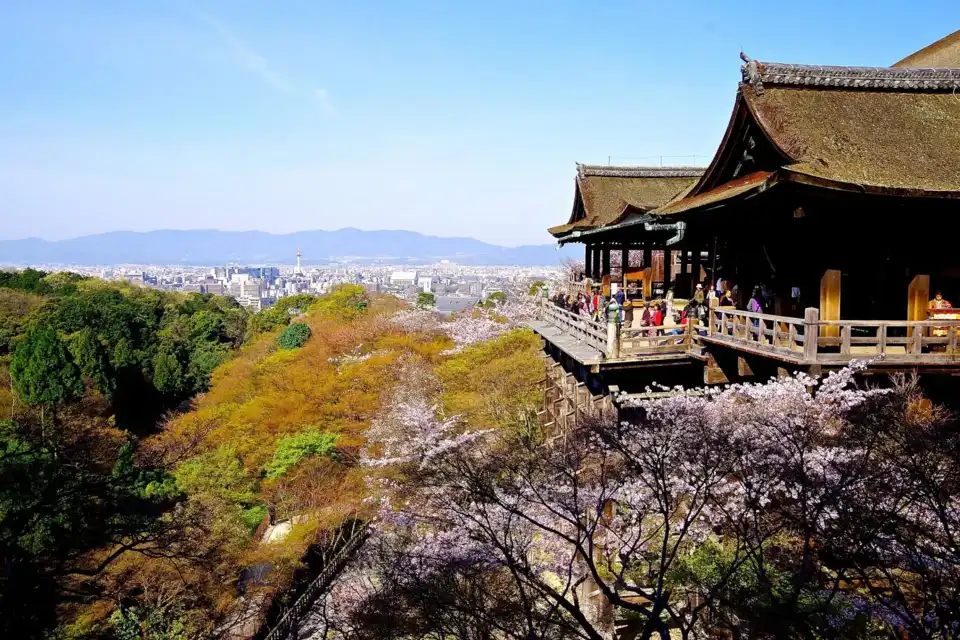
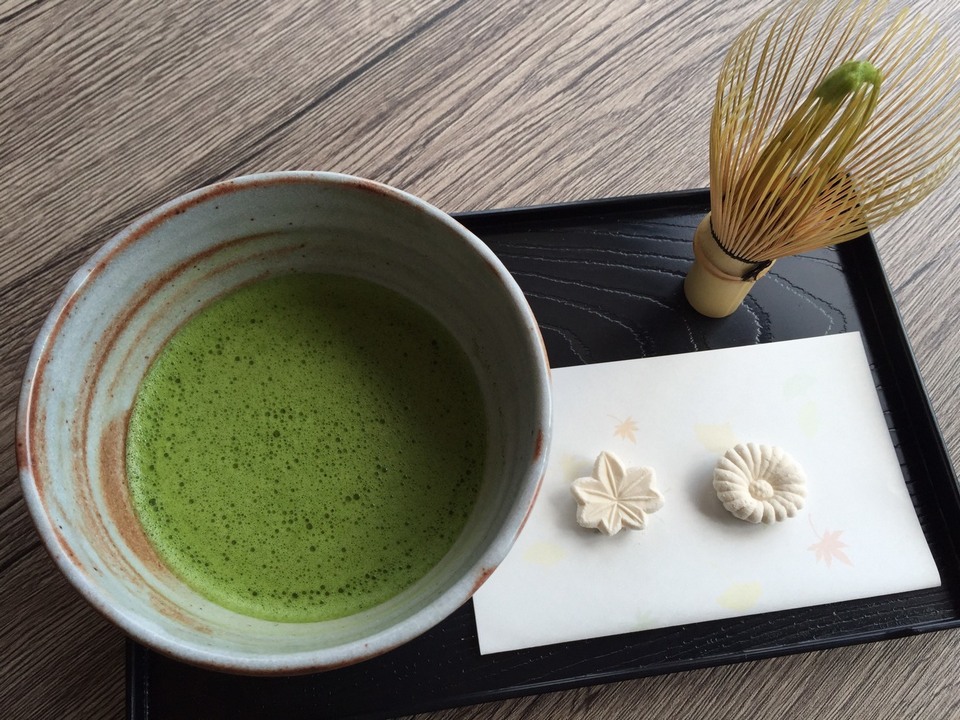

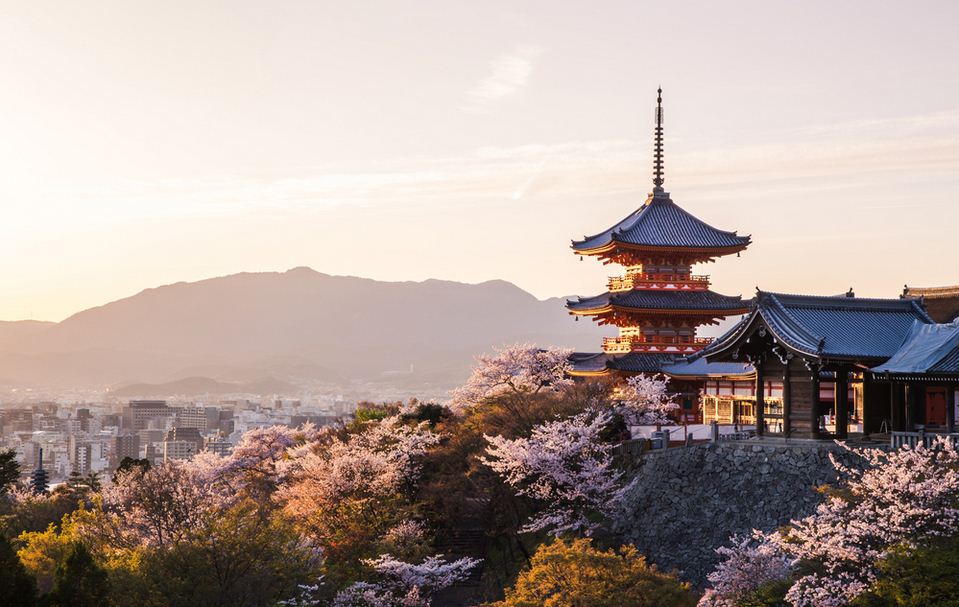
In the afternoon, let your feet take you through the old town of Gion – often depicted as “geisha walking slowly among lanterns”. Although Gion has modernized somewhat, its traditional atmosphere is still evident, especially along the small stone-paved alleys like Hanamikoji-dori. If you’re lucky, you might spot a real maiko (geisha in training) on her way to a performance or teahouse.
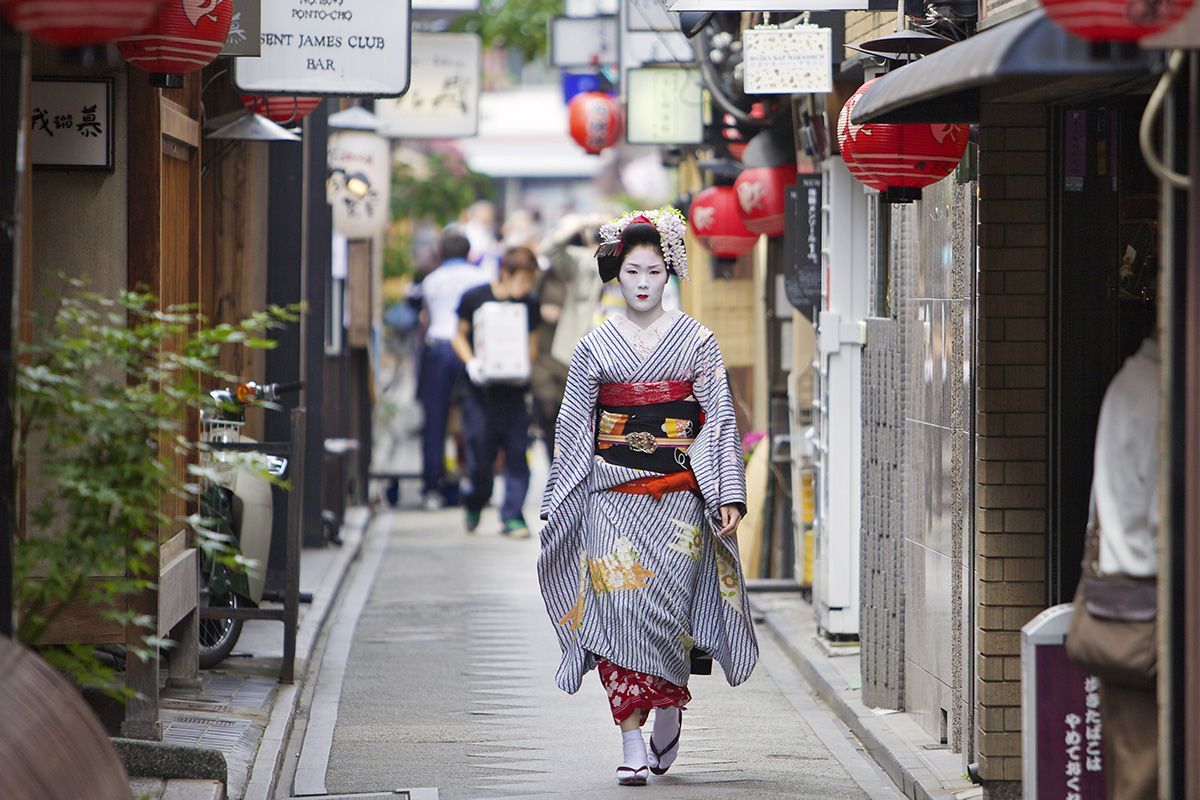

The next day, you should spend the morning in Arashiyama – a famous area in western Kyoto with the tranquil Sagano Bamboo Forest, Togetsukyo Bridge over the Katsura River, and Tenryu-ji Temple – a world cultural heritage. Arashiyama is particularly beautiful in autumn, when the bamboo forests are azure green and the hills turn red and orange.
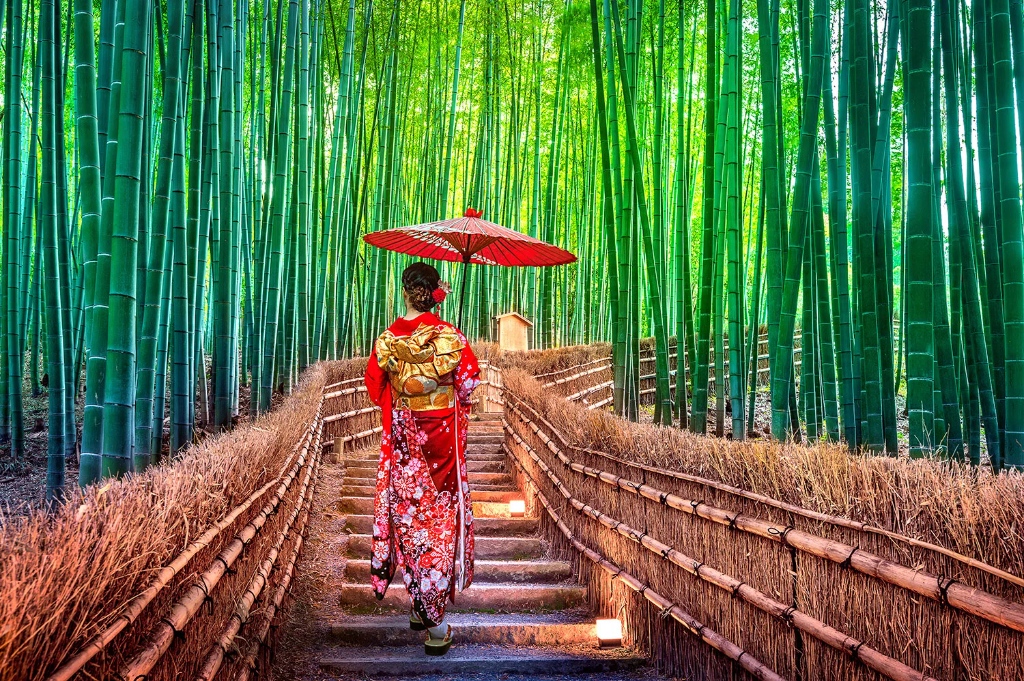
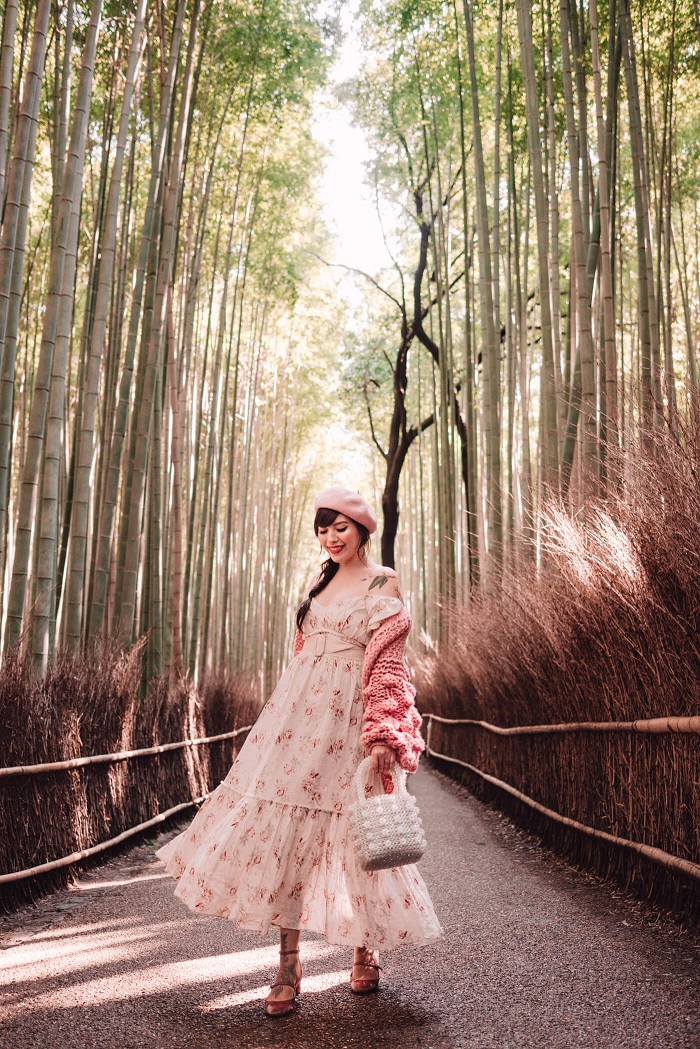

At noon, try grilled eel rice (unagi) at Unagi Hirokawa, a long-standing restaurant located near the main gate of Tenryu-ji, famous for its tender, fatty, traditionally charcoal-grilled unagi. Reservations are recommended, as the restaurant is often fully booked early.
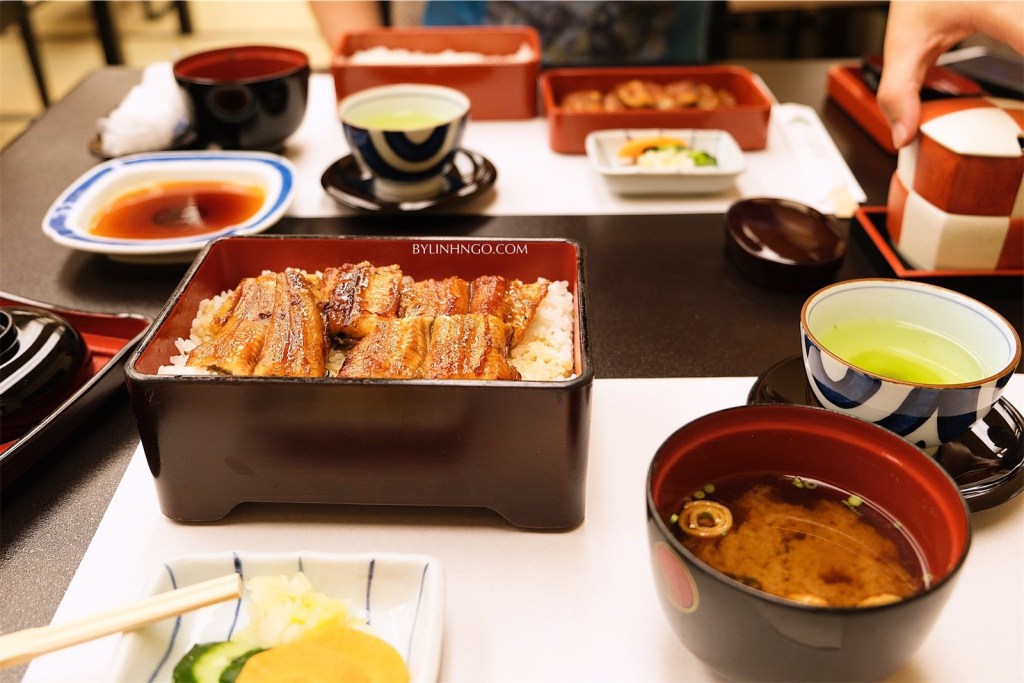
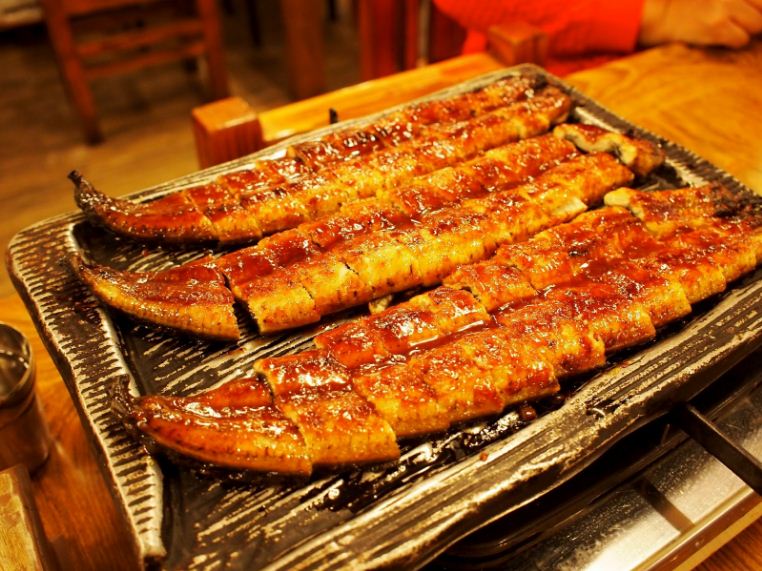
In the afternoon, the journey back to central Kyoto continues via the Philosopher’s Path, a 2km-long walkway that follows a canal, connecting Ginkaku-ji Temple and the Nanzen-ji area. The path is particularly quiet, making it a great place to take in the scenery or simply relax in the mild Kyoto air.

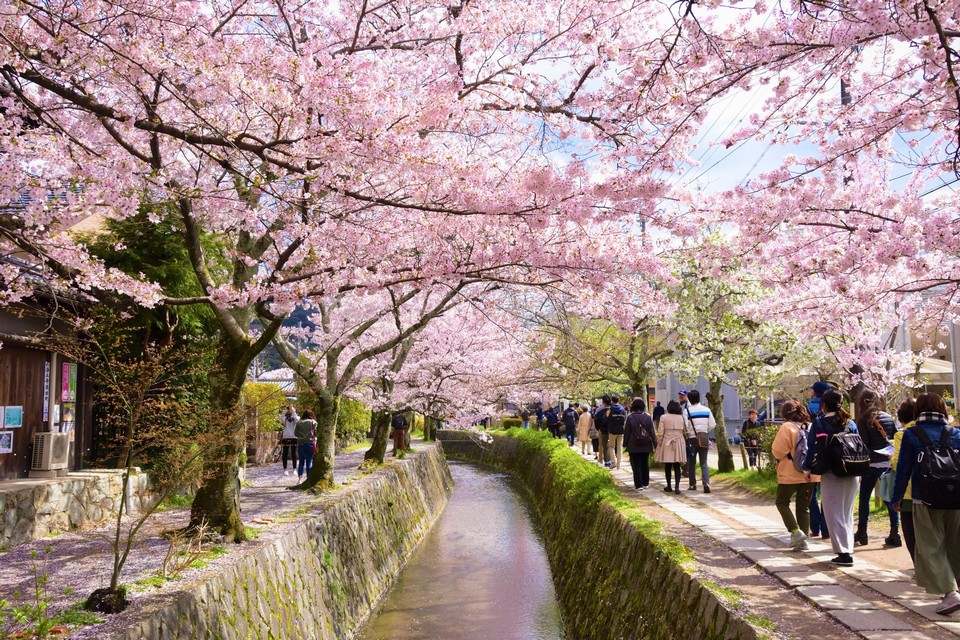
If you have time, you can end the day at Pontocho, a famous nightlife district along the Kamo River with cozy shops serving everything from yakitori, sushi to traditional Kyoto dishes in kaiseki sets. Not as noisy as other nightlife districts, Pontocho still retains its discreet and sophisticated style – true to the style of the ancient capital.
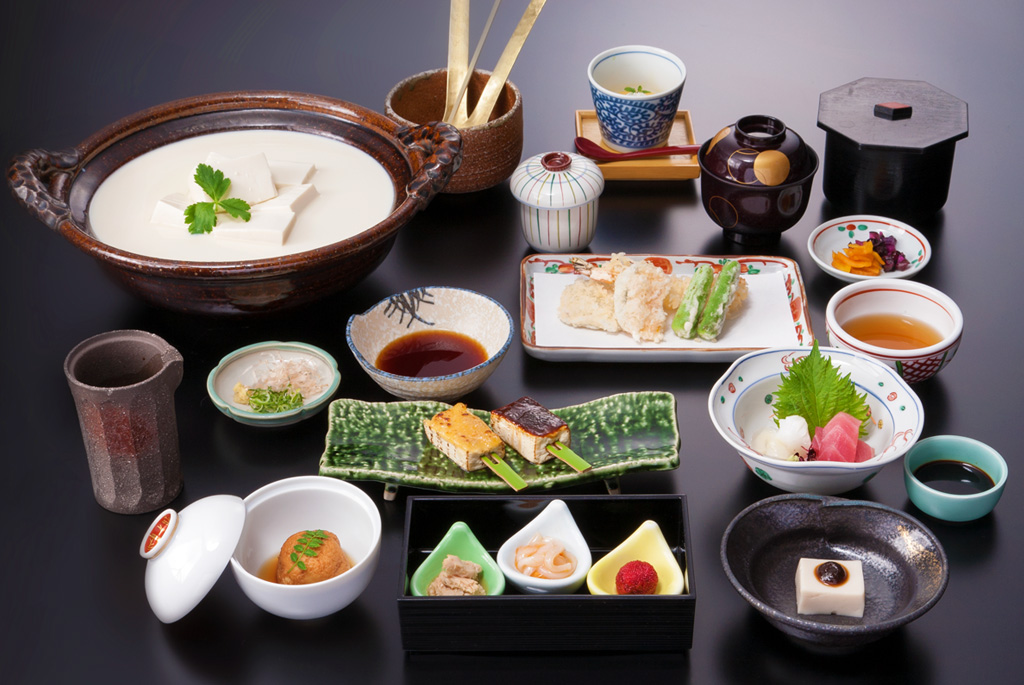
Day 5–6: Discover Nara – A Peaceful City Close to Nature
Not long after leaving Kyoto, the train takes you straight to Nara – a land where just one morning is enough to feel the depth of history. The religious atmosphere, the tranquil nature and the leisurely pace of life make this place an irreplaceable destination on your journey around Kansai.
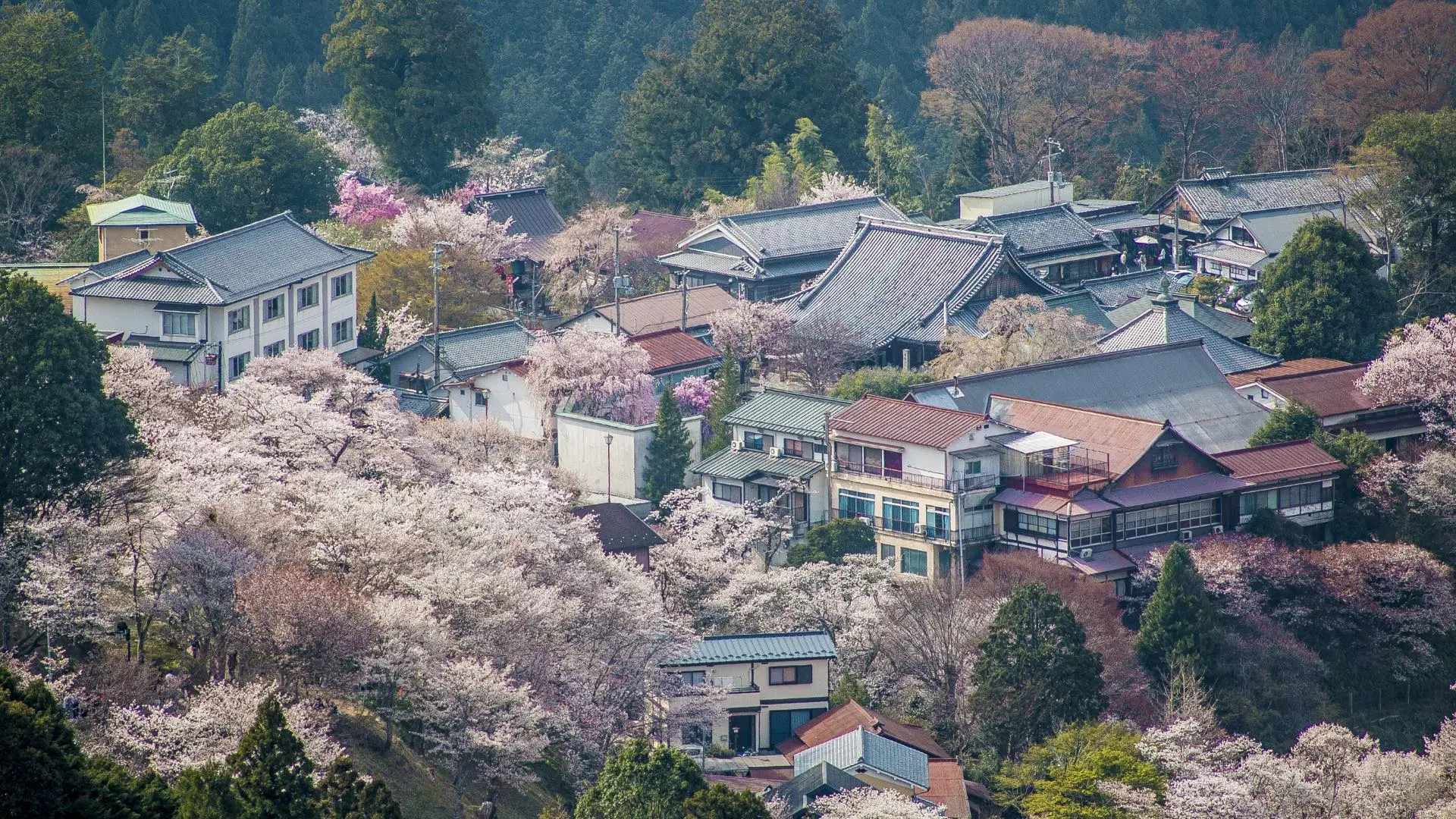
As soon as you step into the central park, the scenery changes completely. No car horns, no people rushing – just tree-lined paths and the quiet footsteps of deer approaching. The deer in Nara are not simply mascots. They live with humans, without fences or chains, and often come up to greet you with a polite bow. If you want to make friends, you can buy shika senbei to share – but be prepared, because once you feed them, you will have a whole “escort”.

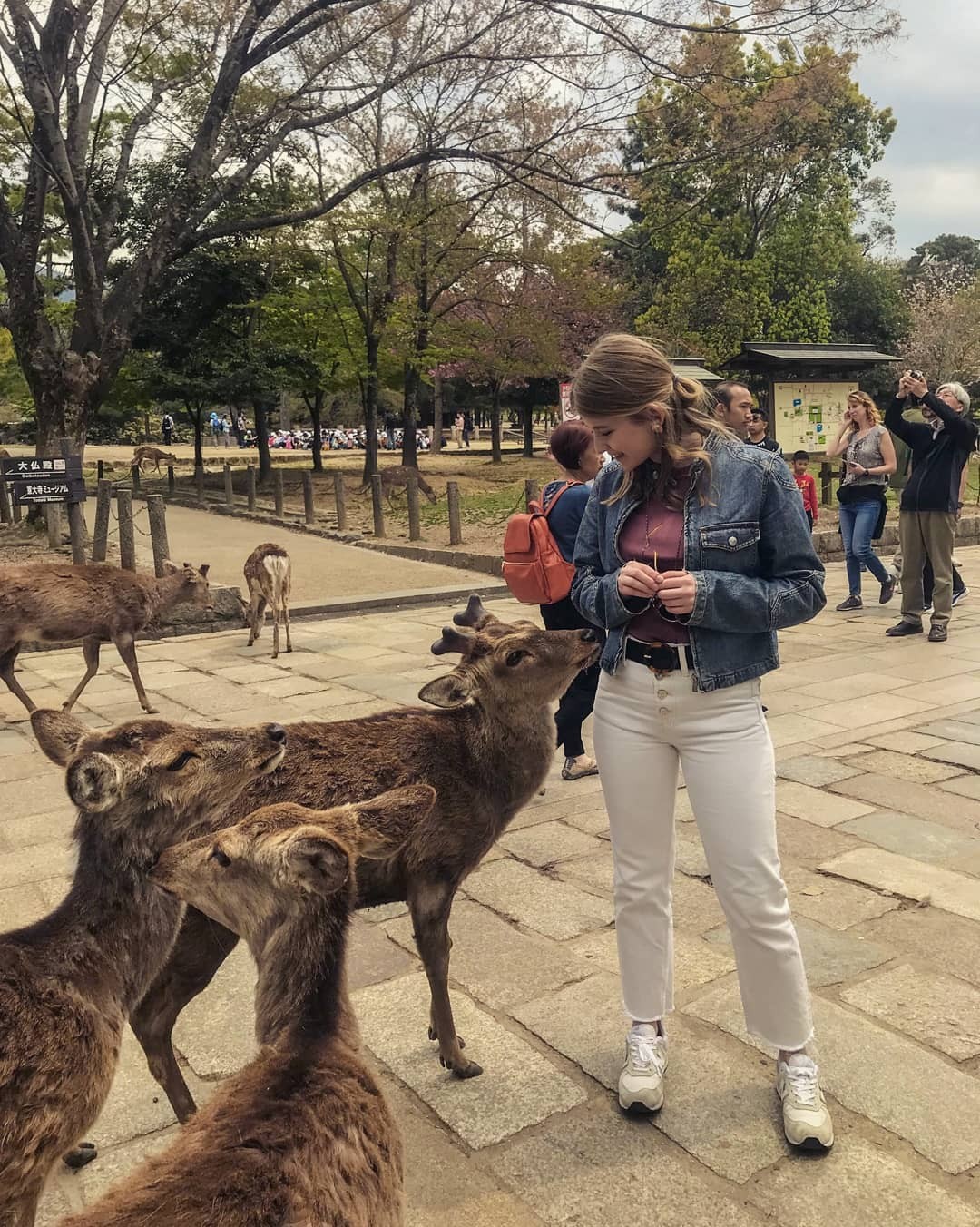
Deep into the ancient Todaiji temple, the overwhelming feeling appears as soon as you look up at the Great Buddha. The surrounding space is built of incredibly large wood, all of which are over 1,000 years old and still in their original state. The smell of deep wood, the sound of wind through the tiled roof, the dim light from the ancient door frames – everything makes you slow down.
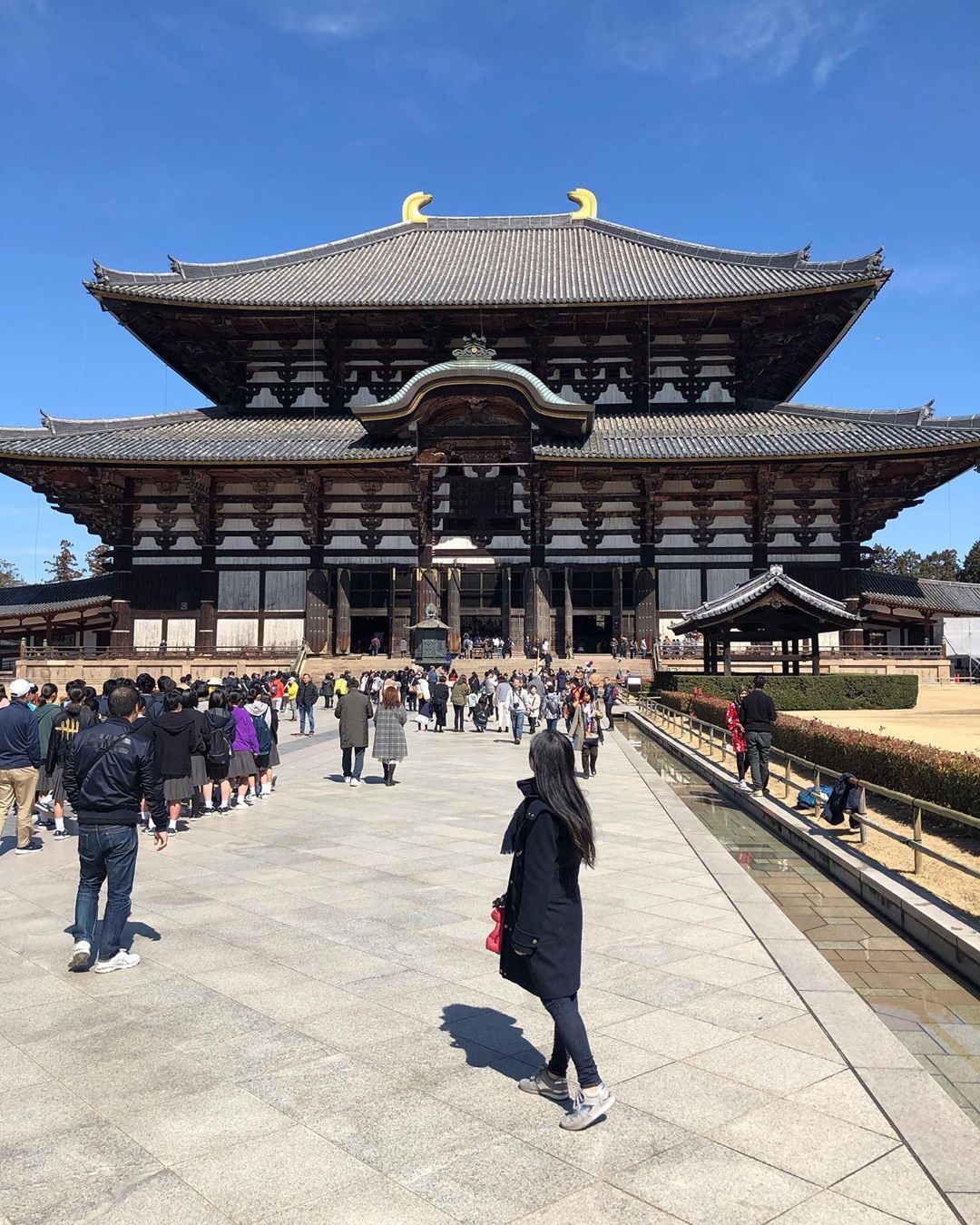
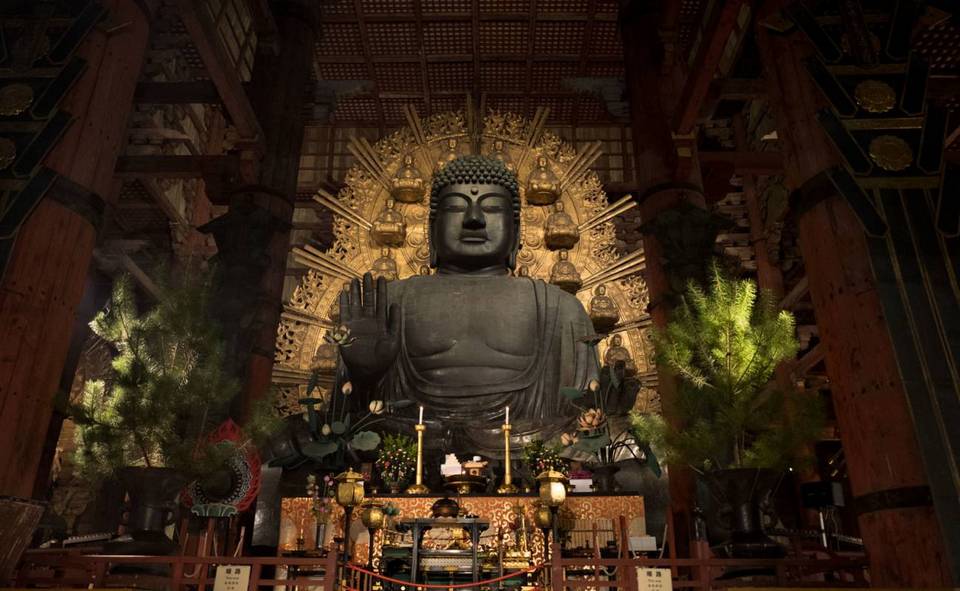
Lunch time is also the time for you to try a different taste. If you are used to sushi or ramen, gyukatsu beef – Japanese fried beef – is a must-try experience. The outer layer is golden and crispy, the meat inside is still slightly pink, soft and not greasy. A meal like this can make you not need to eat anything else until evening.
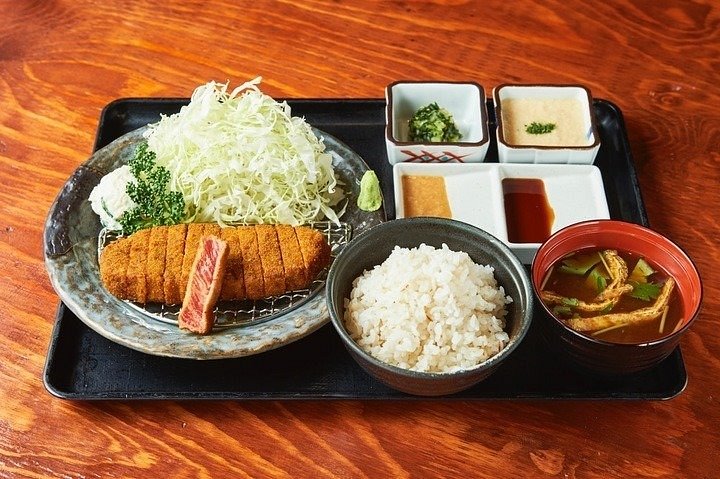
The next day, change the atmosphere by climbing Mount Wakakusa. The distance is not too long, the slope is gentle, the scenery opens up gradually with each step. When reaching the top, the city of Nara seems to lie below – peaceful and strangely close. If you go in winter, you can see a thin layer of fog covering the grass, feeling like standing on the clouds.
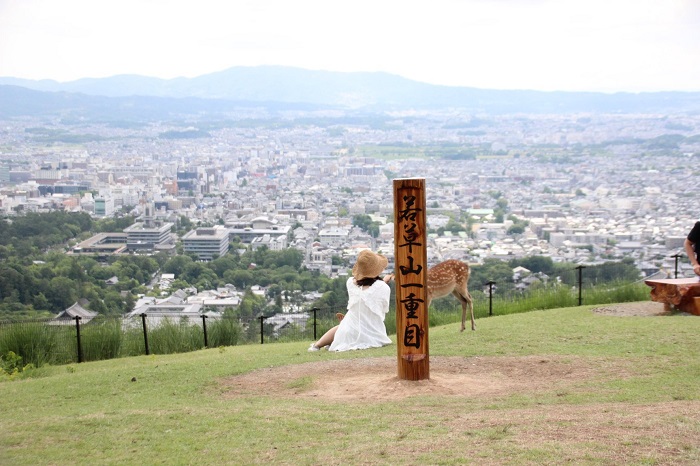
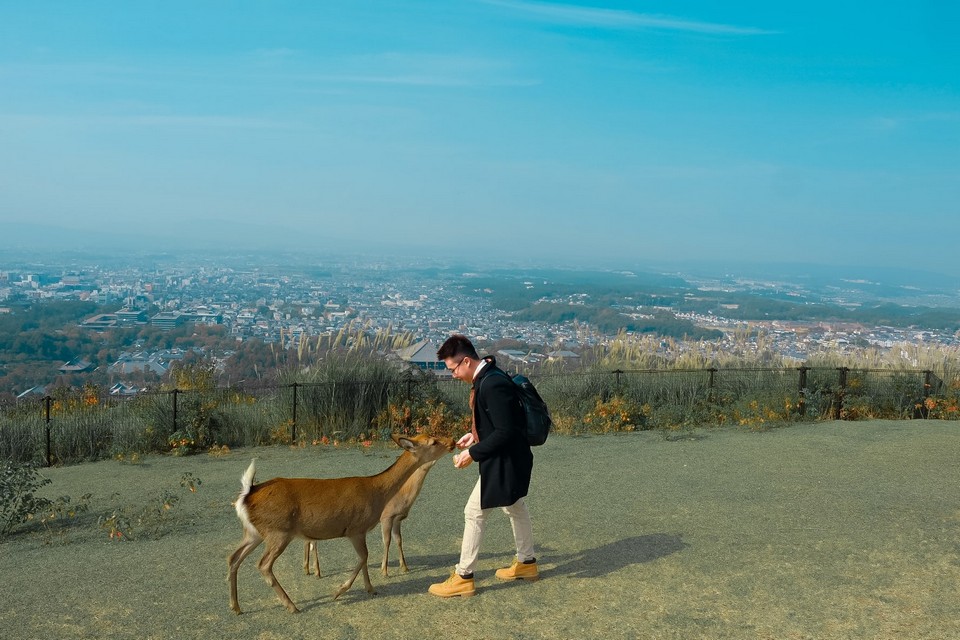
When the sun is high, it is also time to return to the station to continue towards Osaka – a place where space and time almost never stand still.
Days 7-9: Check-in Osaka – The City That Never Sleeps (#9 days in japan itinerary)
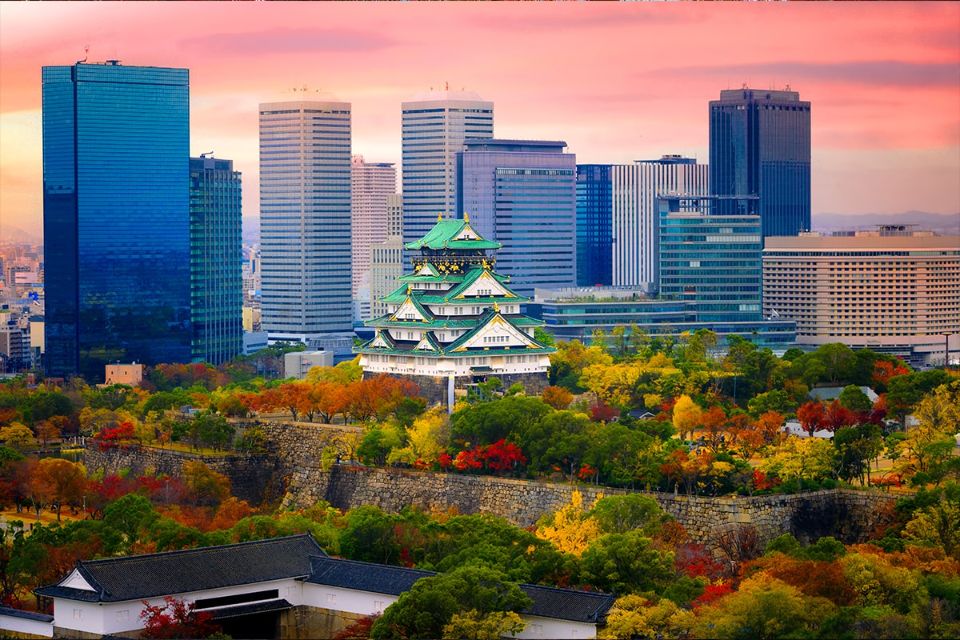
I thought that after Kyoto and Nara, the journey had reached the peak of cultural depth. But then Osaka appeared, pulling you out of the ancient atmosphere, straight into the cycle of modern colors, vibrant streets and dishes that never cease to surprise.
Starting with Dotonbori is always a good idea. Nowhere in Kansai is there a contrasting energy like this street. Giant signs, LED lights that change color every second, the aroma of takoyaki stands wafting everywhere. No need to search too much, just walk a few steps, you can taste hot octopus balls, Kansai’s signature okonomiyaki, then finish with a cool matcha ice cream under the bright Glico lights.
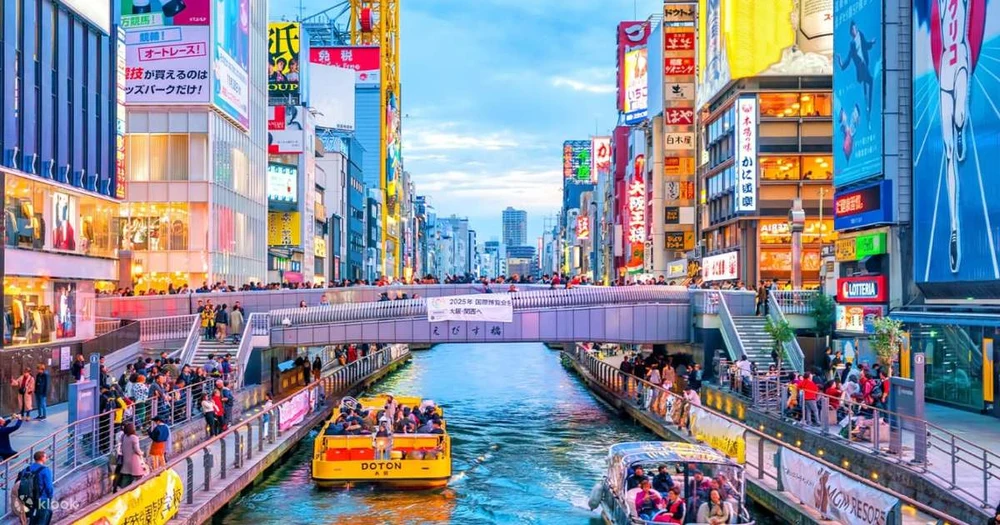
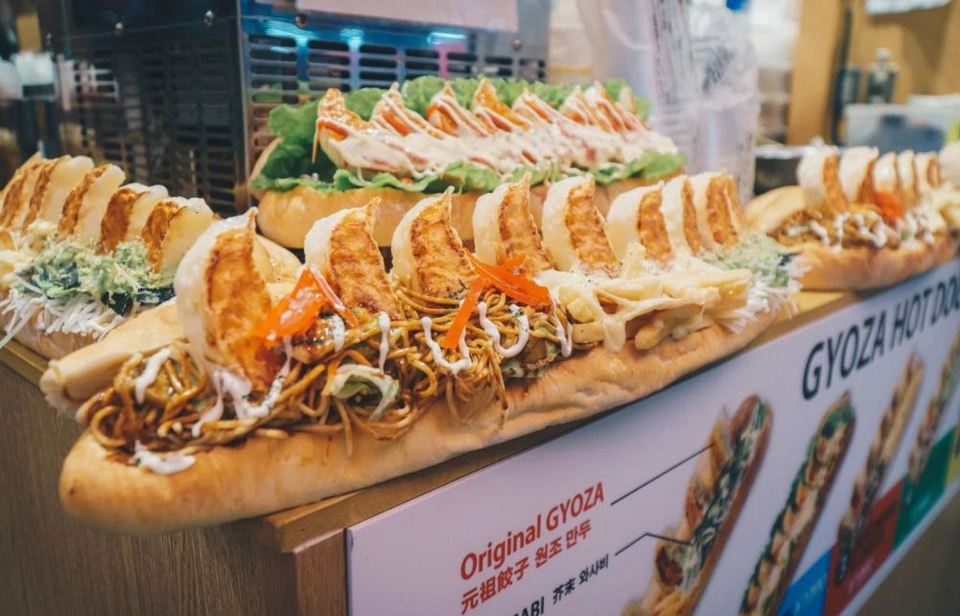
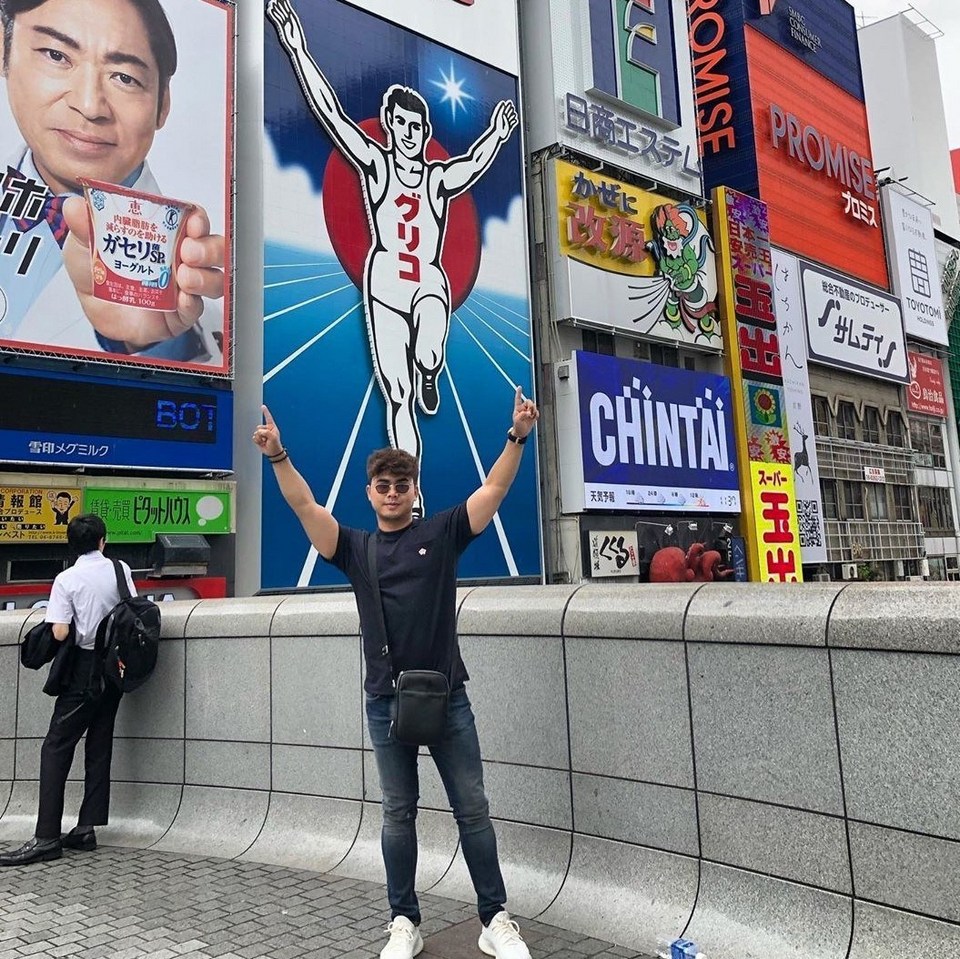
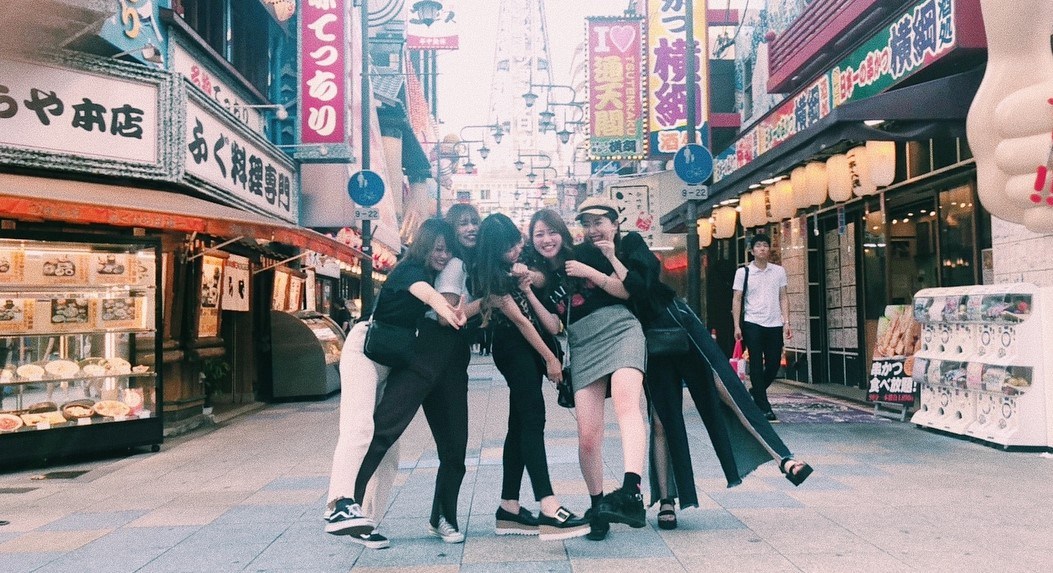
If you want to spend a whole day in the true sense of “floating”, Universal Studios Japan (USJ) is definitely worth investing in. From the Wizarding World of Harry Potter, the Mario Kart race in Super Nintendo World to the free fall in the middle of Jurassic Park – every experience at USJ will make you scream, laugh out loud and forget how many kilometers you have traveled during the day. Tickets can be booked early on Klook to ensure you don’t miss any hot areas, especially during peak season.
In the evening, instead of jostling in the center, you can move to Namba or Tennoji – two districts that are still bustling but not too chaotic. There are many small pubs here serving local dishes, from grilled skewers, stone-grilled beef intestines to spicy Osaka-style udon noodles. Just order a few dishes, add a cold beer or hot rice tea, and you can end the long day feeling both warm and relaxed.

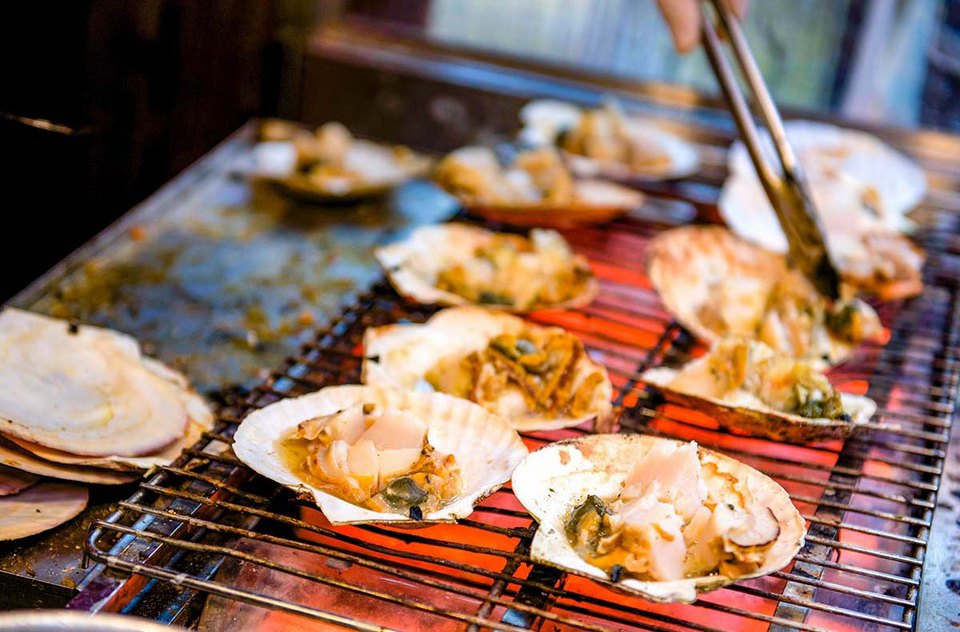
The last day should be easy. Take a walk around Osaka Castle Park, buy souvenirs in Shinsaibashi, or simply find a high-rise cafe to look back at the city you have lived in for the past three days. From the center, the train to Kansai Airport takes about 45-50 minutes – just enough time to summarize the trip, review photos and maybe… plan to return in another season.
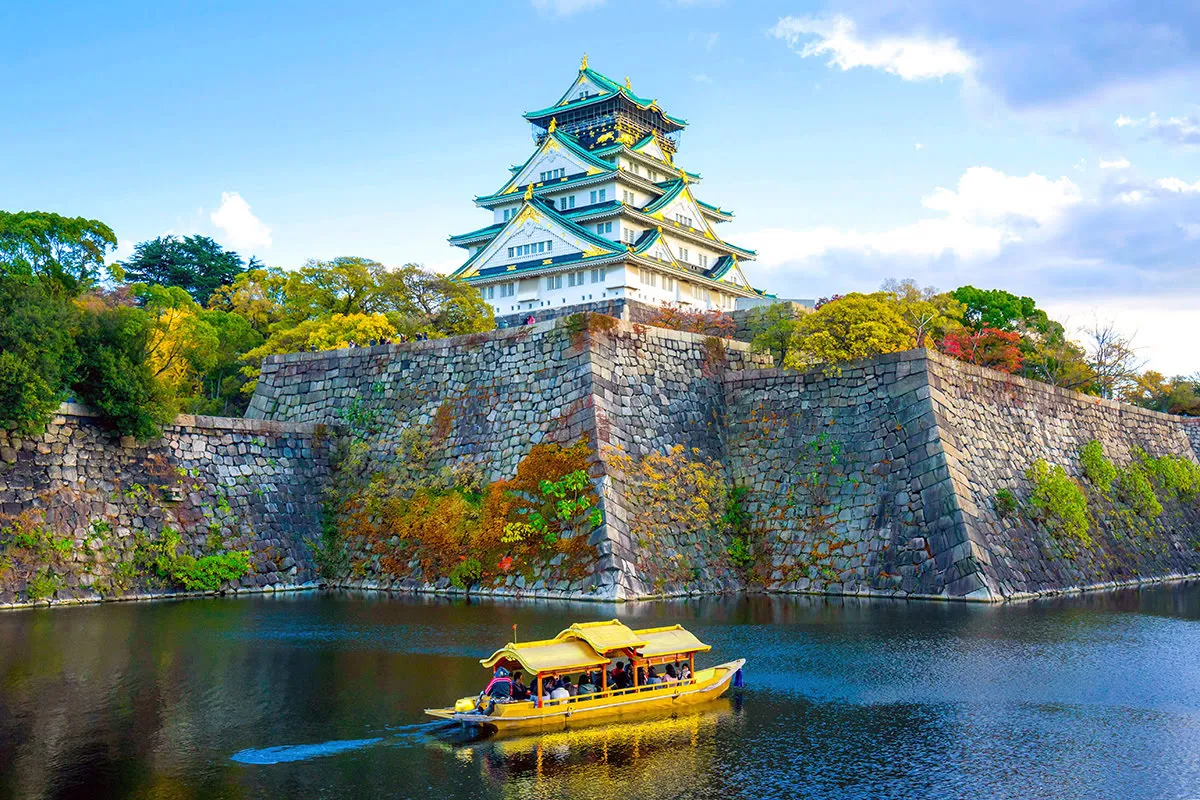
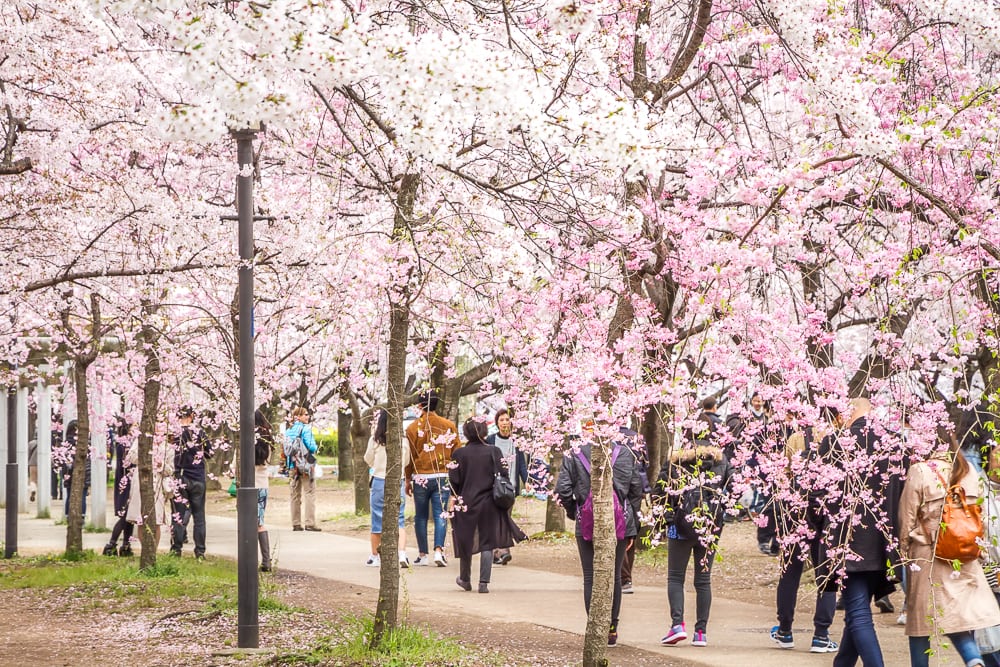
Because in fact, no one goes to Kansai just once!
Estimated Cost for a 9-Day Self-Guided Kansai Itinerary – Japan

The cost of a 9-day trip around Kansai will vary depending on your hotel choice, transportation method, and personal experience level. Below is an estimate table to help you better visualize the total budget you need to prepare. If you book tickets early, prioritize taking the train instead of a taxi, and pre-book services such as USJ tickets or kimono rental through Klook, the trip can still be very complete within a reasonable budget.
| Catergory | Cost (JPY) | Note |
|---|---|---|
| Round trip airfare | 22,000 – 28,000 | From Ho Chi Minh City/Hanoi to Kansai, book tickets early |
| Domestic travel | 9,000 – 12,000 | JR Pass Kansai Area 4 days or IC card |
| Hotel | 40,000 – 60,000 | 2–3 stars, double room, average price |
| Eating | 18,000 – 24,000 | Every day ~2,000–3,000 yen/person |
| Tickets for sightseeing and experiences | 12,000 – 18,000 | Includes USJ tickets, temples, castles, kimono rental... |
| Shopping + personal expenses | 10,000 – 20,000 | Depending on each person's needs |
| Estimated total cost | ~111,000 – 162,000 | Not including insurance, visa (if any) |
Reference exchange rate: 1 JPY ≈ 178 VND. Spending level is relative and can be flexible according to personal spending habits.
Frequently Asked Questions When Traveling to Osaka – Kyoto – Kobe – Nara
Should I go to Osaka or Kyoto first?

Both cities are easily connected by train, but if you fly into Kansai Airport (KIX), you should start with Osaka or Kobe first for convenience in terms of transportation. Kyoto is more suitable in the middle of the journey, when you want to temporarily leave the urban life and enjoy the ancient atmosphere.
Do I need to buy a JR Pass?
If you only travel within the Kansai area, the JR Kansai Area Pass (1–4 days) is enough and much more economical than the nationwide JR Pass. In addition, you can combine an IC card (ICOCA) to use for non-JR routes, or when you need more flexible travel within the city.
How much money is enough for a 9-day trip?

On average, the cost is around 20–29 million VND/person ($781.71-$1,133.48), including round-trip airfare, mid-range hotels, train tickets, sightseeing tickets and meals. This amount may increase or decrease depending on the time of booking, type of accommodation and shopping needs.
Do I need to know Japanese?
Not required. The locals are very friendly, the signs at the train station, bus stop and tourist attractions are all in English. You should prepare a translation app, download an offline map and learn a few basic sentences to communicate when needed.
When is the best time to go to Kansai?
Spring (March – early April) is when cherry blossoms bloom, and autumn (October – early December) is when red leaves bloom, with pleasant weather. These are also the two most popular times to travel to Kyoto and Nara. Summer is often hot and crowded, while winter has festivals, shopping, but it gets dark earlier.
Should I spend a day at Universal Studios Japan?
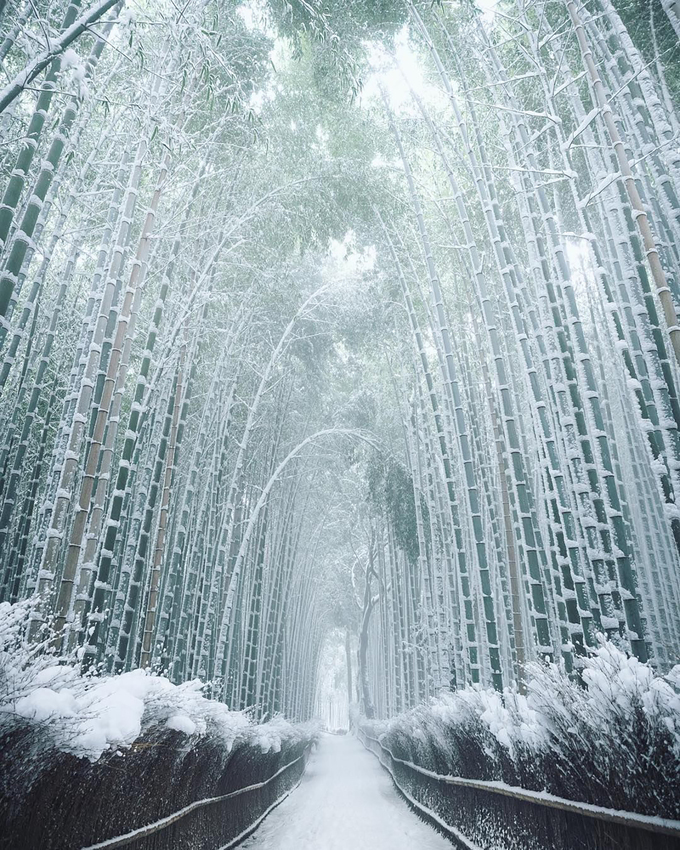
Highly recommended, if you love amusement parks or are traveling with children. USJ is huge, with many notable areas such as Super Nintendo World, The Wizarding World of Harry Potter… and is often very crowded. Going on a separate day will help you not be rushed for time and can fully enjoy the games and shows.
From elegant Kobe to ancient Kyoto, through peaceful Nara and ending in bustling Osaka – the 9-day journey is not just a trip, but a series of moments associated with delicious food, beautiful scenery and unhurried steps. Kansai offers an experience that balances modernity and tradition, between the familiar and the unseen.
Some best day tours, trips, activities and transfer services, tickets in, to and from Kyoto you can refer to
- Private Kansai International Airport Transfers (KIX) for Kyoto
- Limousine Bus Transfers between Kansai International Airport (KIX) and Osaka or Kyoto
- Shared Night Bus Transfers from Kyoto to Tokyo
- Private Kansai Airport (KIX) Transfers to Osaka, Kyoto, Nara, Uji, Kobe, or Arima
- Kyoto-Osaka Sightseeing Pass (1 Day/2 Days, Kyoto Pick Up)
- Kyoto-Osaka Sightseeing Pass 1 Day/2 Days (Pick up at Osaka)
- Randen + Subway 1 Day Pass
- Kyoto Temples & Shrines Day Tour from Osaka: Fushimi Inari-taisha, Arashiyama, Kiyomizu-dera & More
- Kyoto Perfect Day Tour from Osaka or Kyoto: Kiyomizu-dera, Fushimi Inari-taisha, Arashiyama & More
- Kyoto and Nara Day Tour from Osaka/Kyoto
- Kyoto Afternoon Tour from Osaka
- Hankyu Tourist Pass
- Kyoto and Nara Day Tour from Osaka/Kyoto
- Sagano Romantic Train One-Way Ticket (Saga or Kameoka Departure)
- Kimono Rental and Photoshoot in Kyoto by Ouka Kimono
- Kyoto Sagano Romantic Train Day Tour
- Kyoto Temples & Shrines Day Tour from Kyoto: Fushimi Inari-taisha, Arashiyama, Kiyomizu-dera & More
- Amanohashidate & Miyama One Day Tour from Osaka/Kyoto
- JR Kansai-Hiroshima Area Pass
- Kimono Rental in Kyoto Kiyomizu Temple
- One Day Kimono Rental
- Kyoto Temples & Shrines Day Tour from Osaka
- Kimono and Yukata Rental at Kimono Miyabi Kyoto
- 4G Prepaid Sim Card (JP Airports Pick Up) for Japan
- 4G WiFi (Japan Pick Up) for Japan
- JR Pass for Whole Japan (7, 14, or 21 Days)
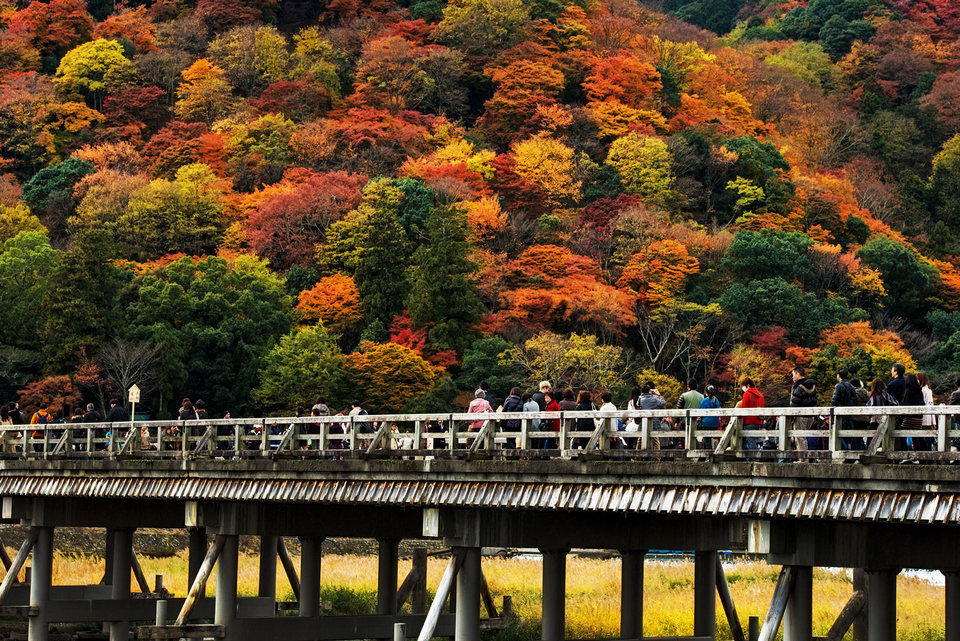
Are you finding more top things to do in Kyoto: Tours, activities, attractions and other things? Let’s check it out at here. And read more: Kyoto blog (Kyoto travel blog) — The fullest Kyoto travel guide blog for a budget trip to Kyoto, Japan for the first-timers.


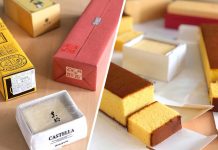
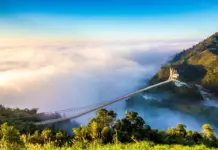

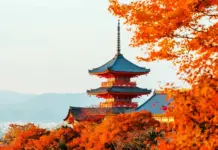

















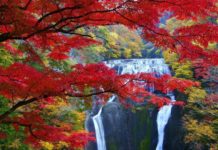
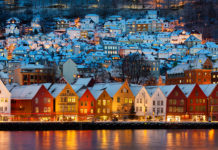






![10 best airports in Asia in 2016 [RANKED] kuala-lumpur-international-airport-best airports in asia in 2016 by skytrax ratings](https://livingnomads.com/wp-content/uploads/2016/08/29/kuala-lumpur-international-airport-best-airports-in-asia-in-2016-by-skytrax-ratings-218x150.jpg)
